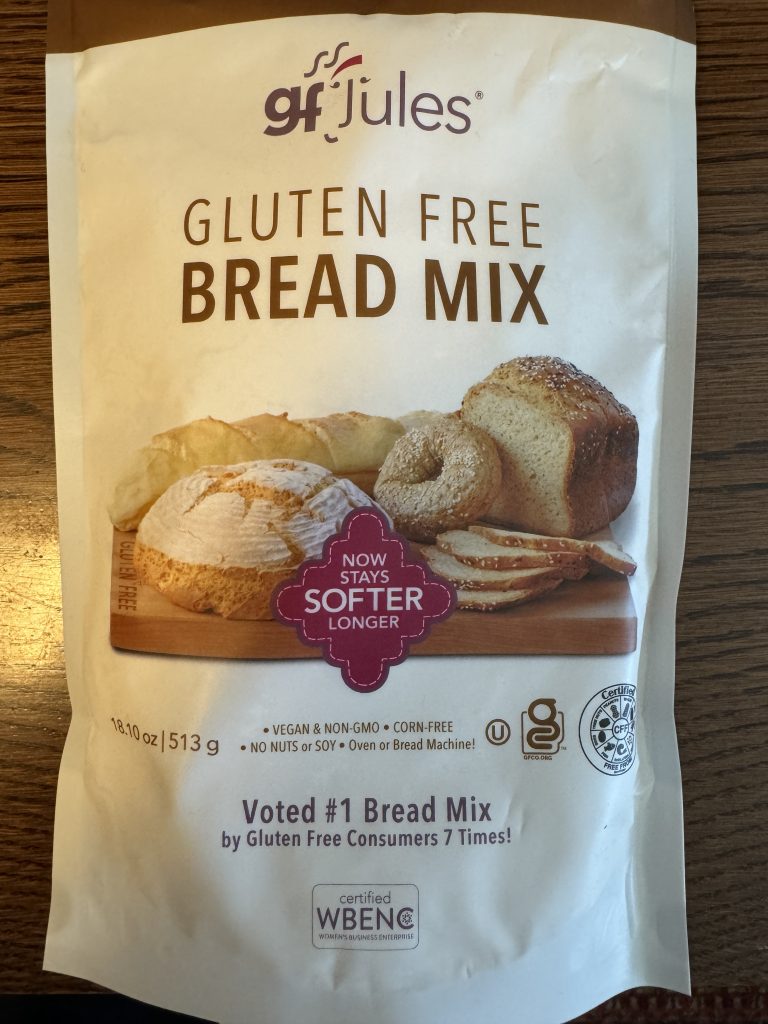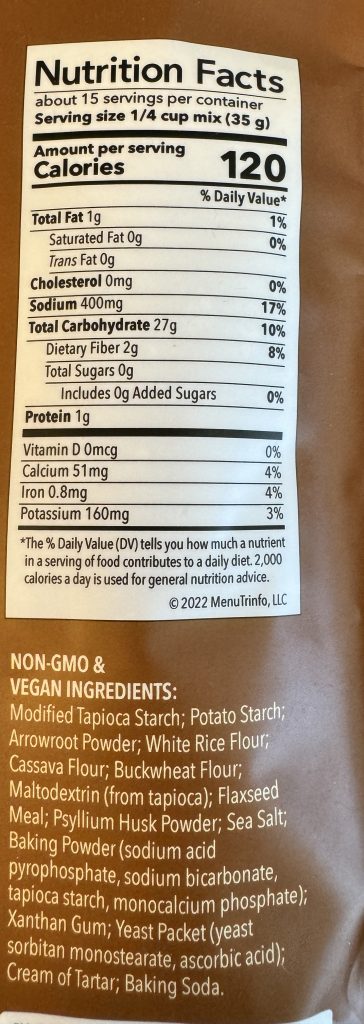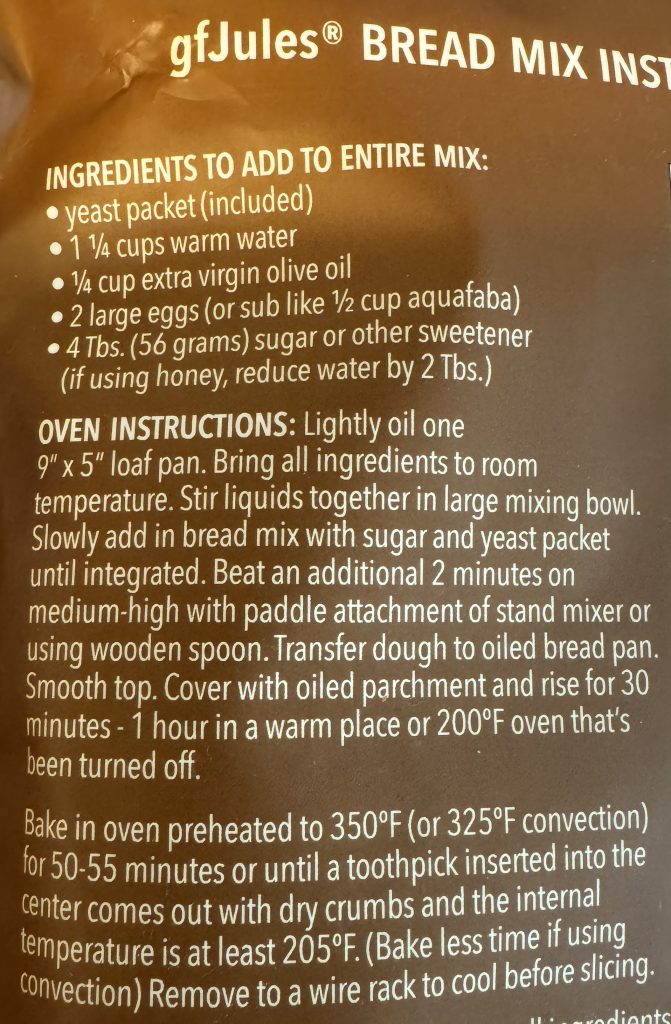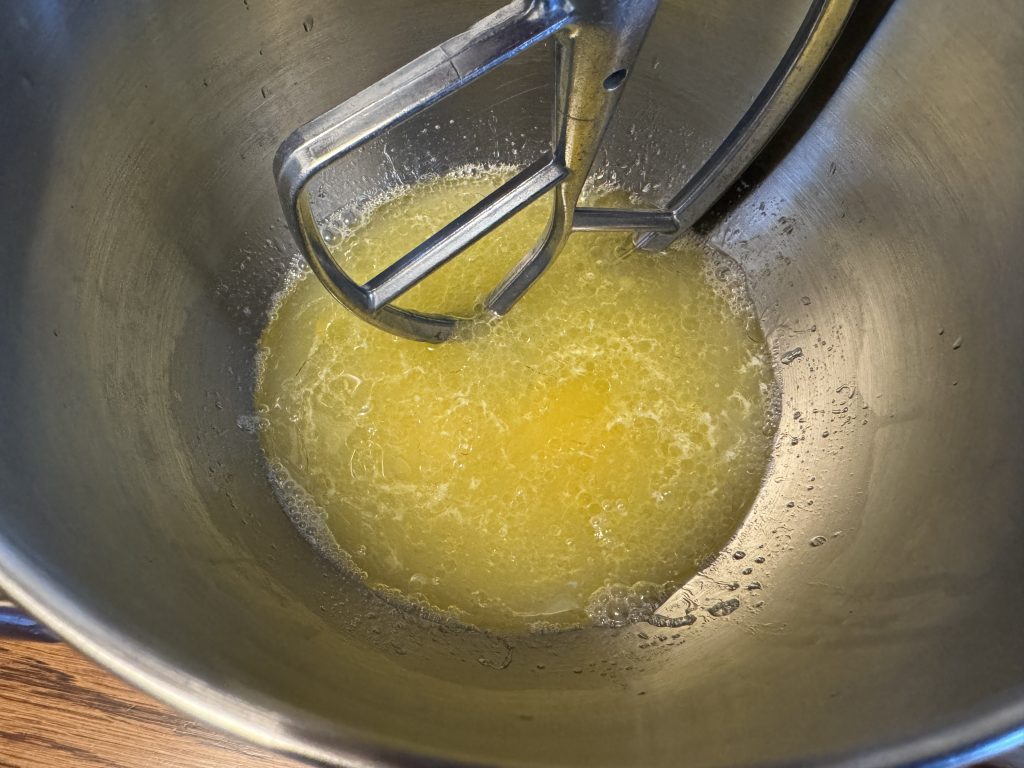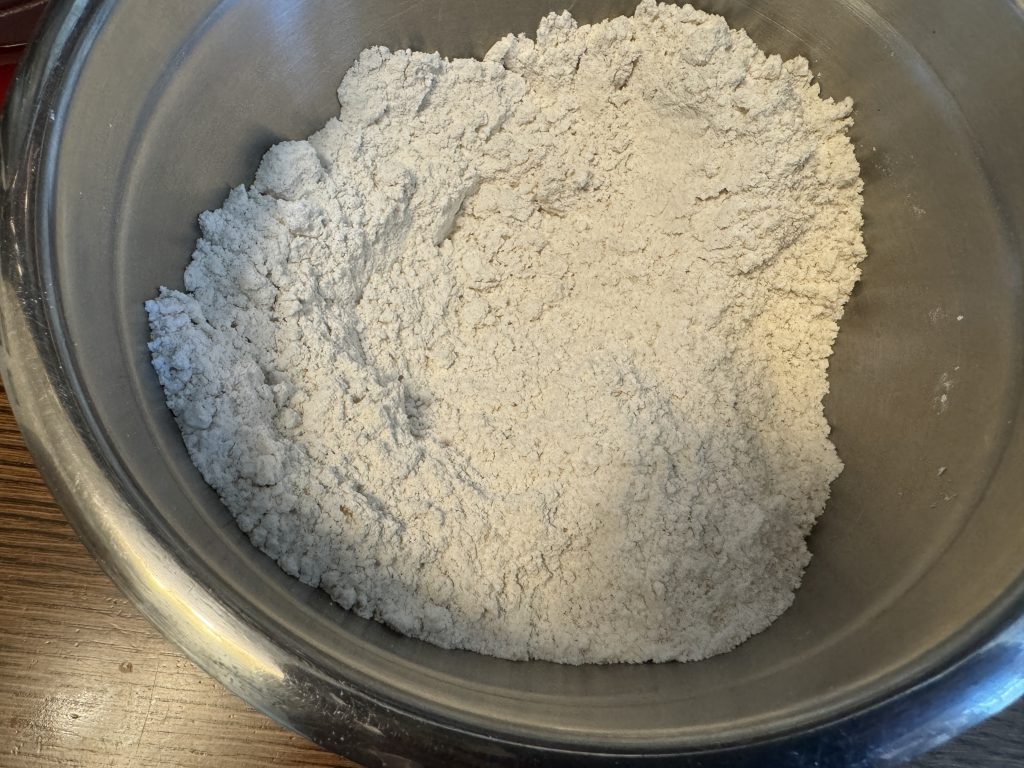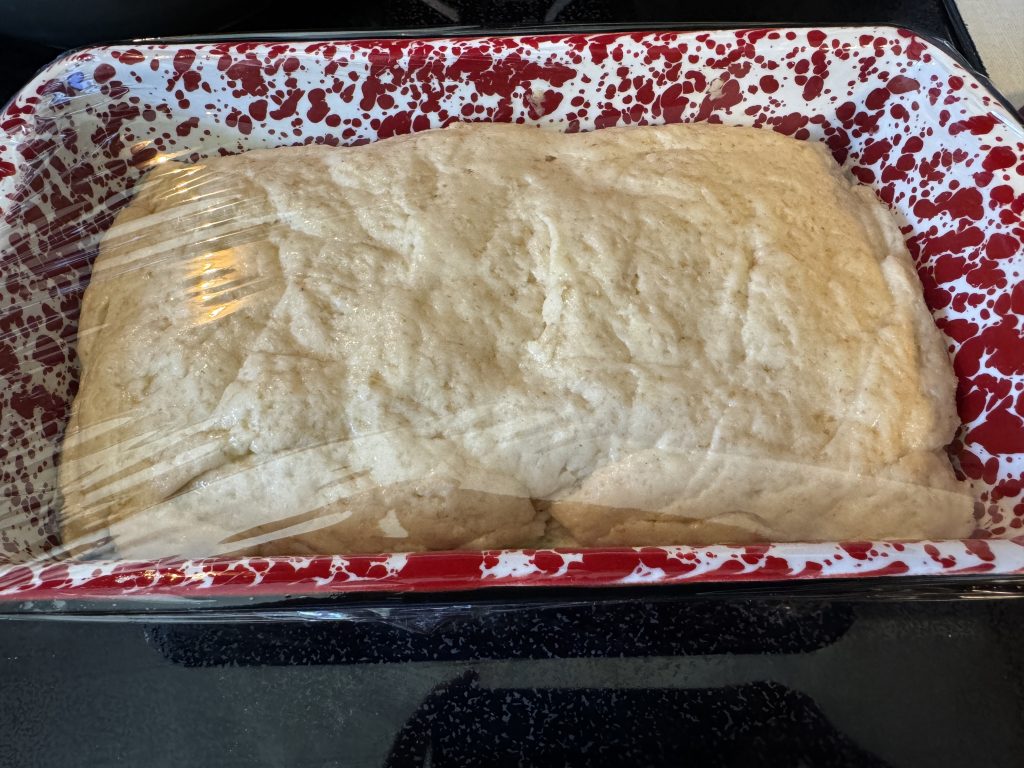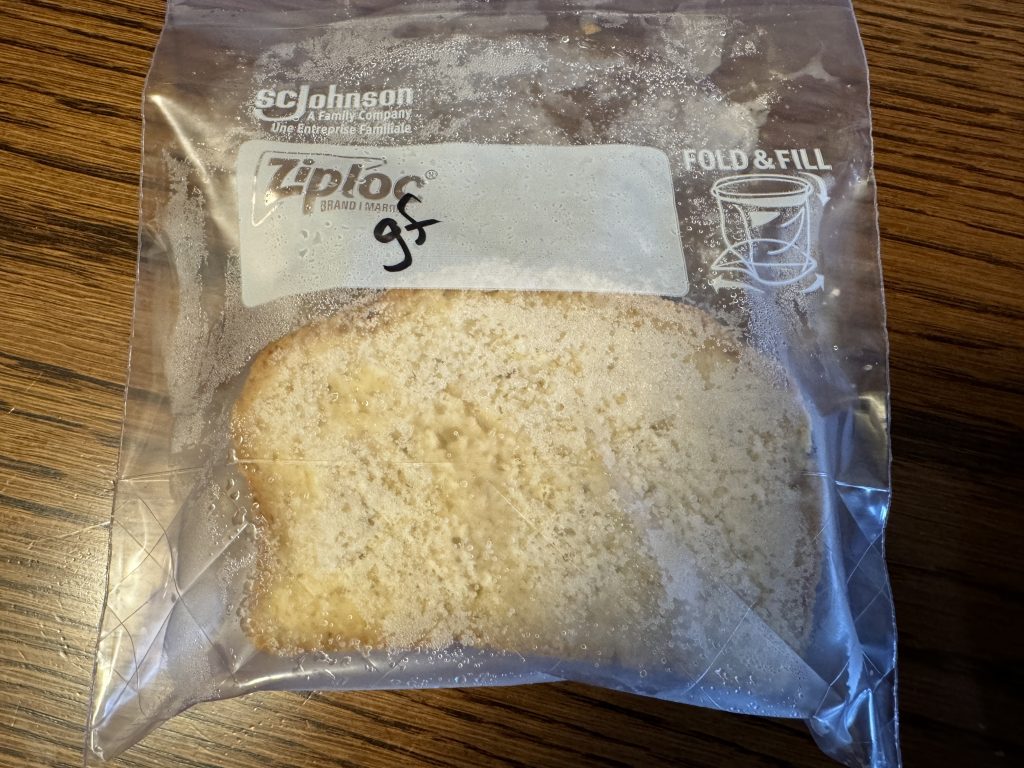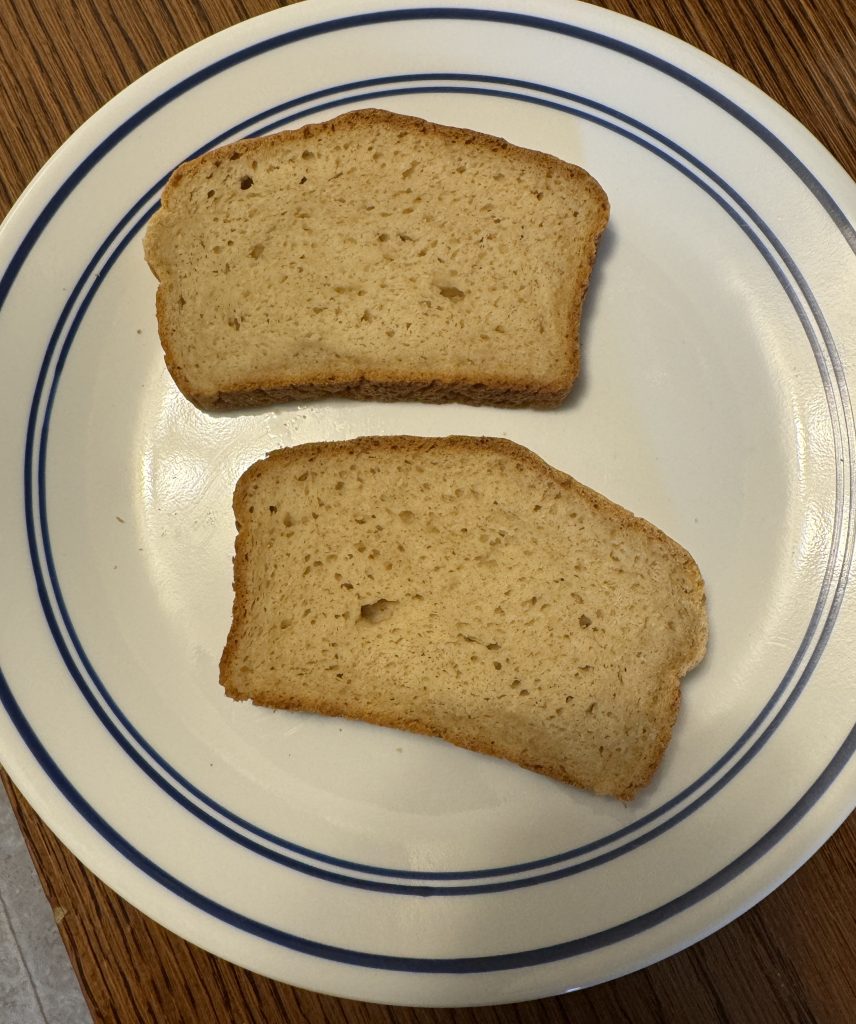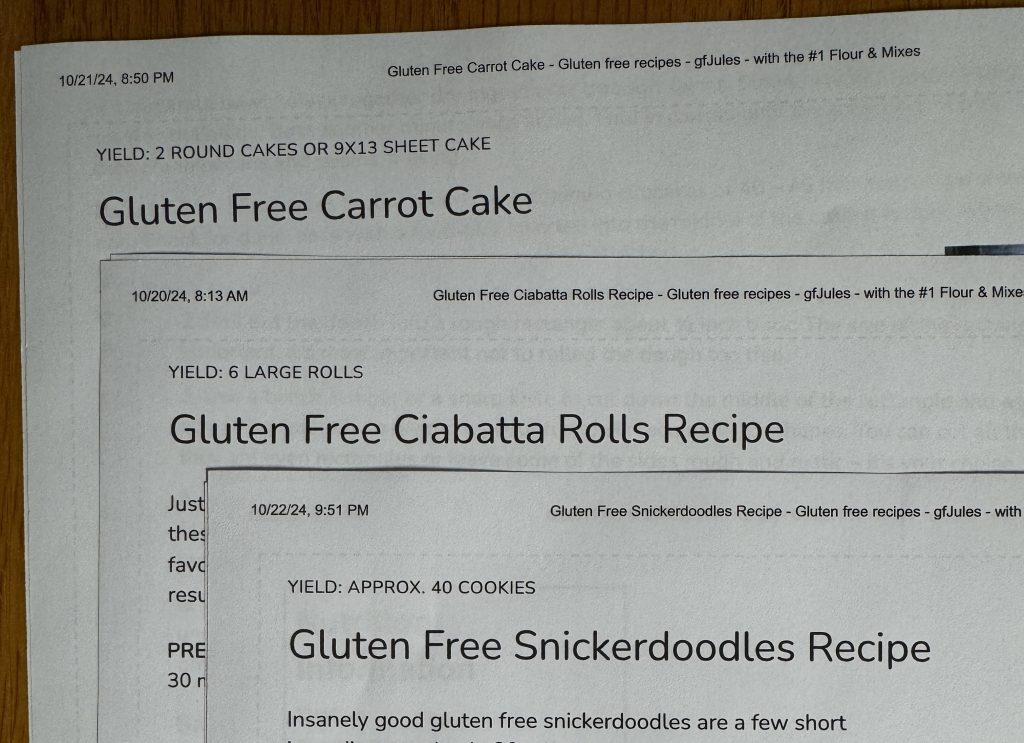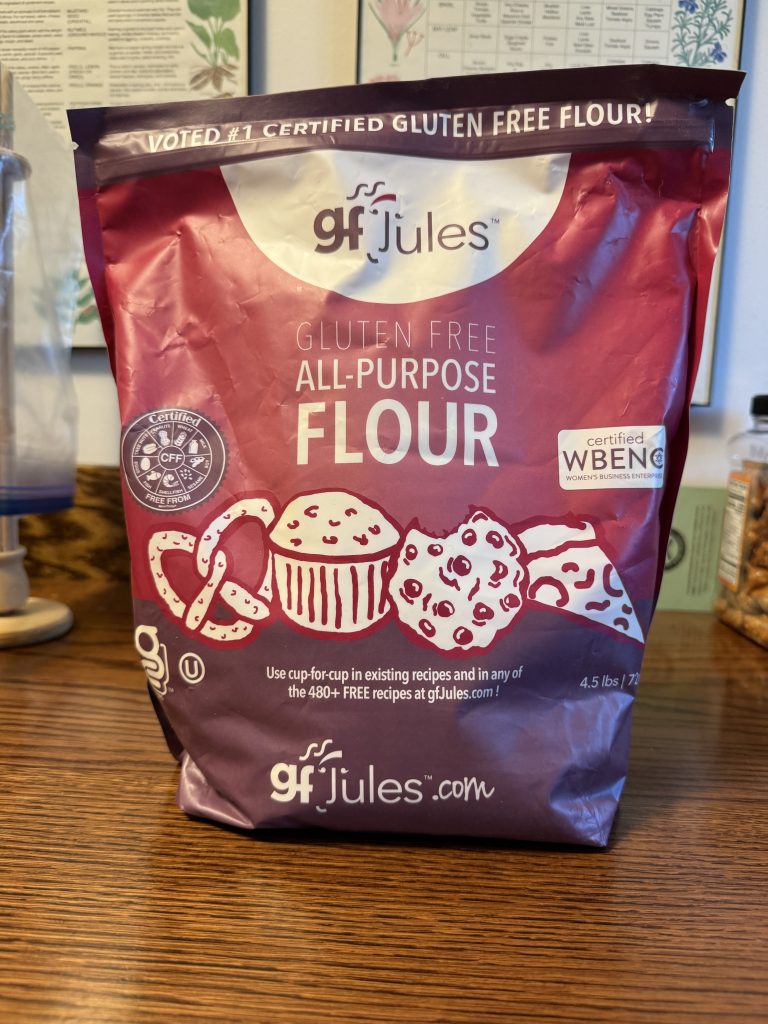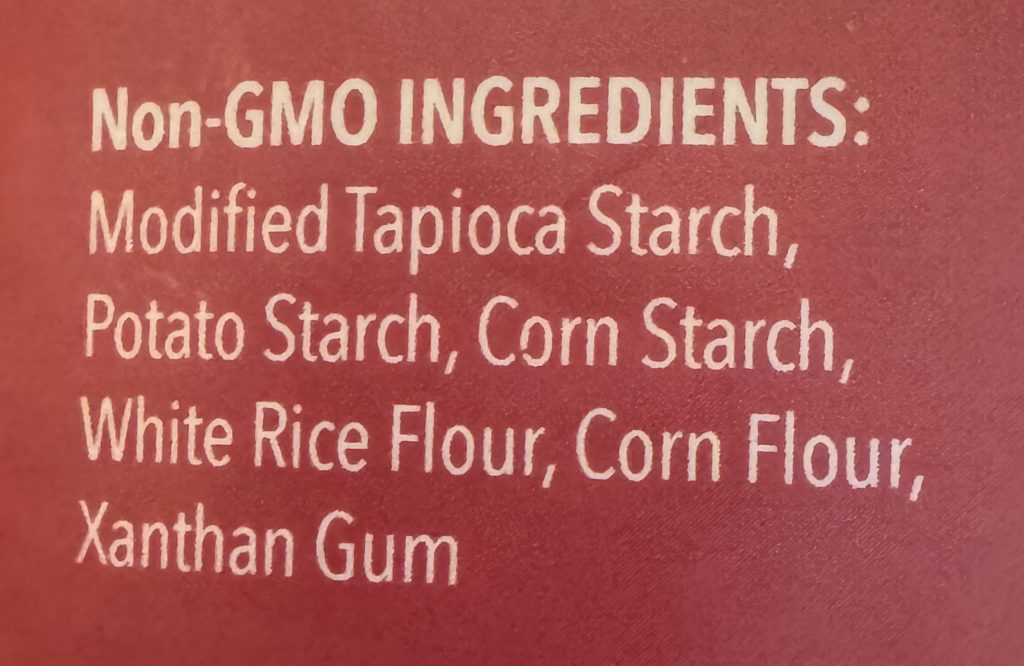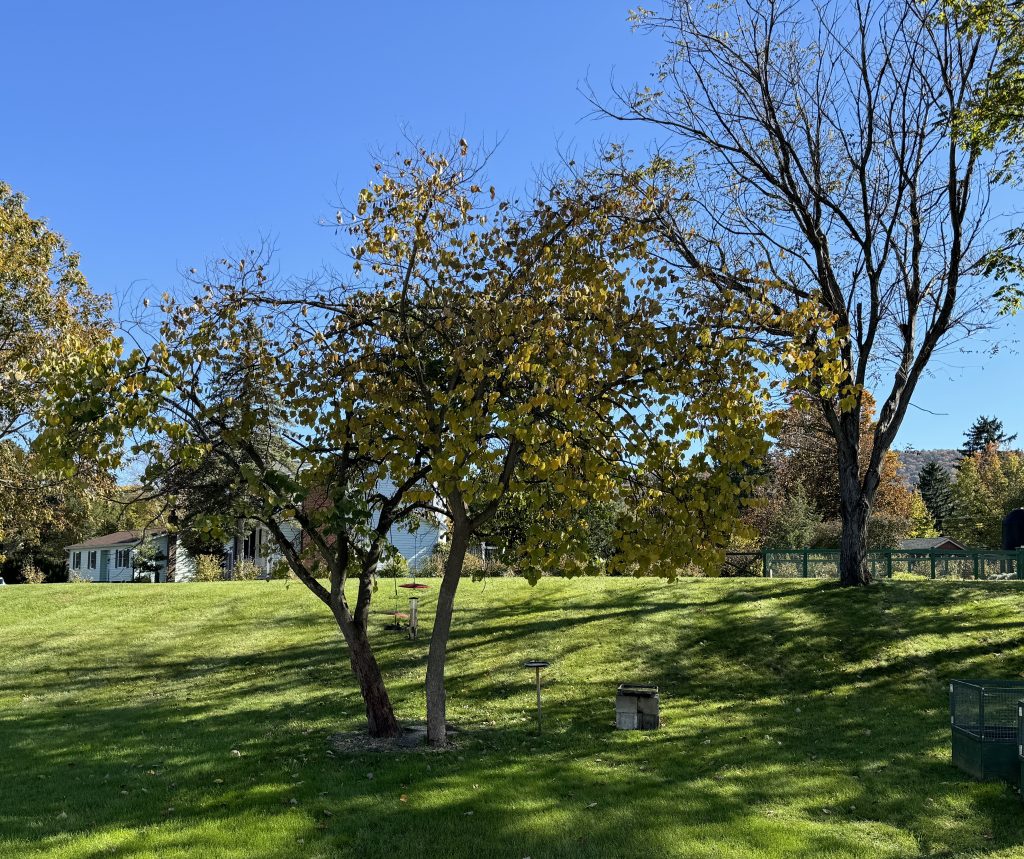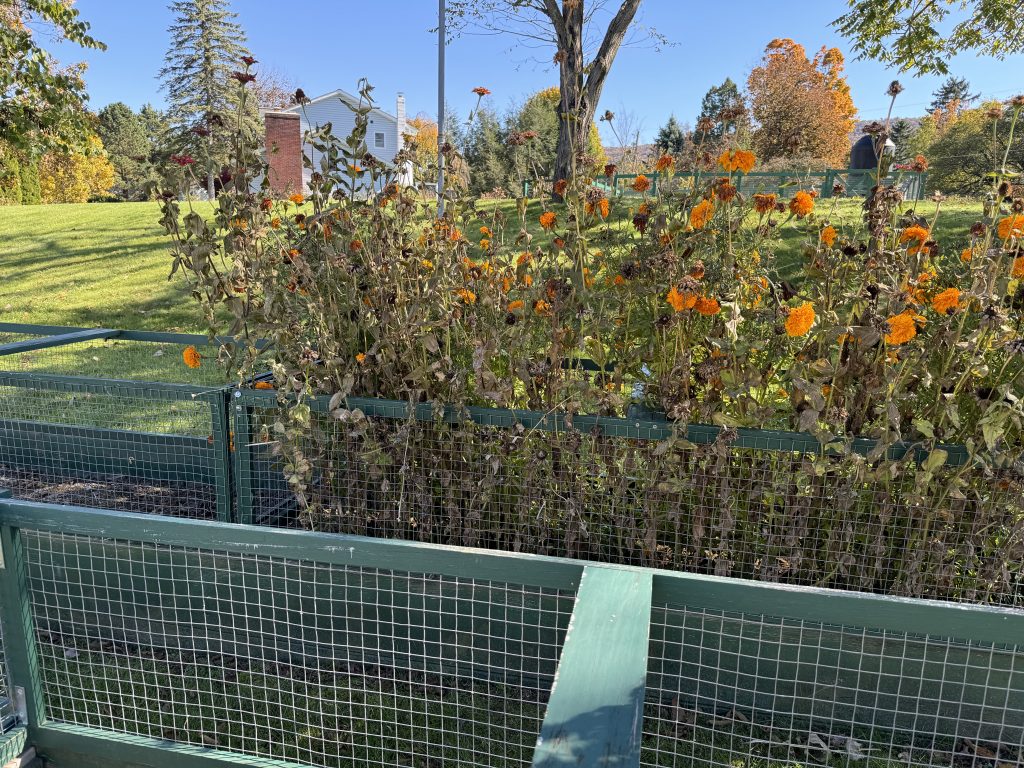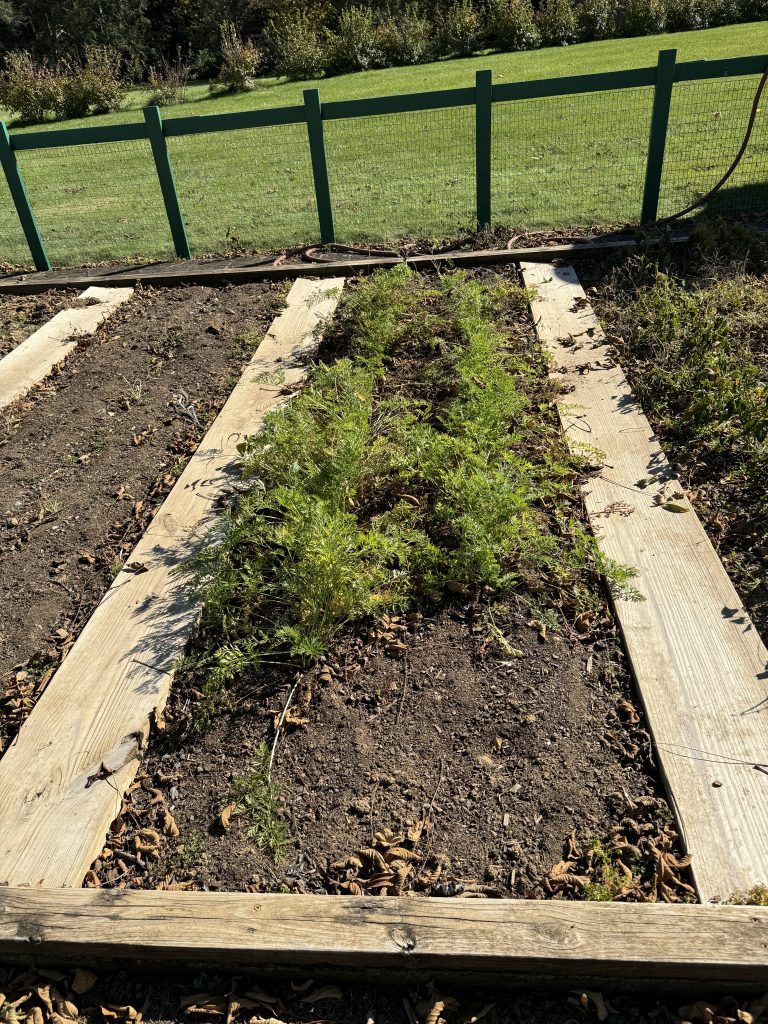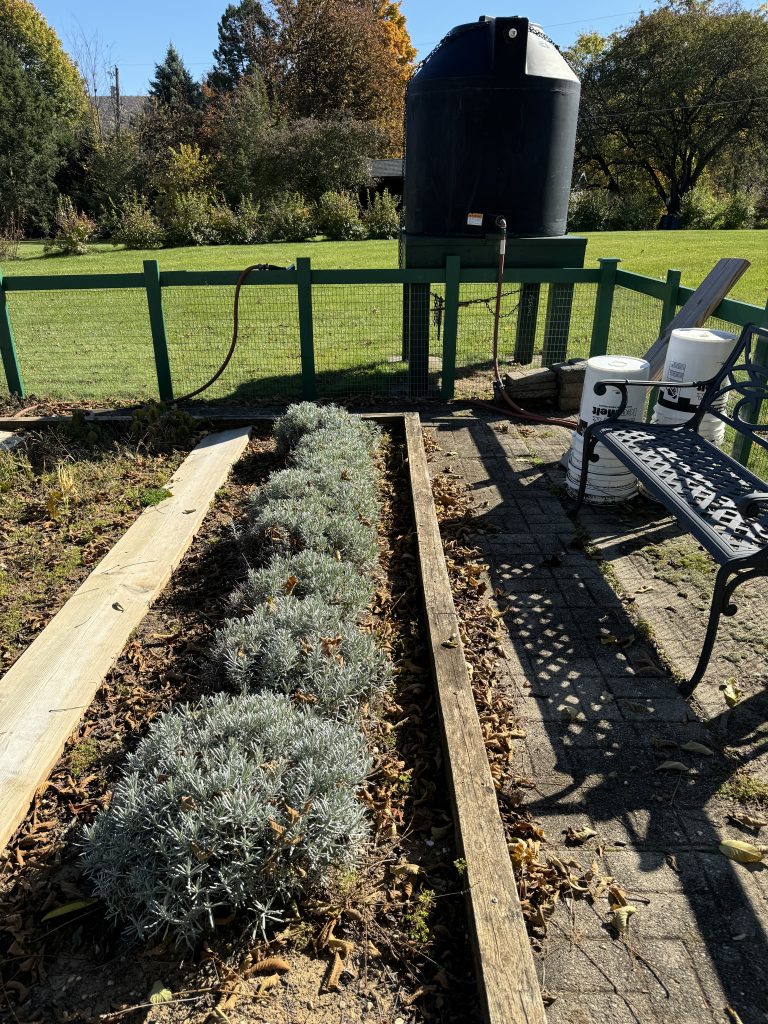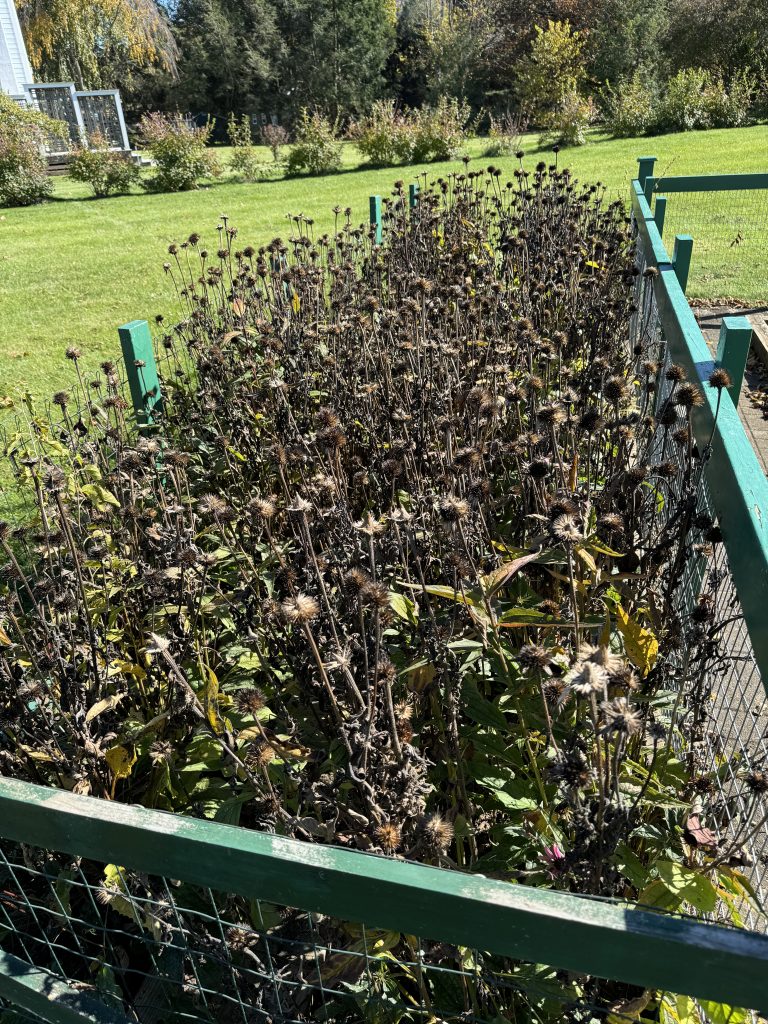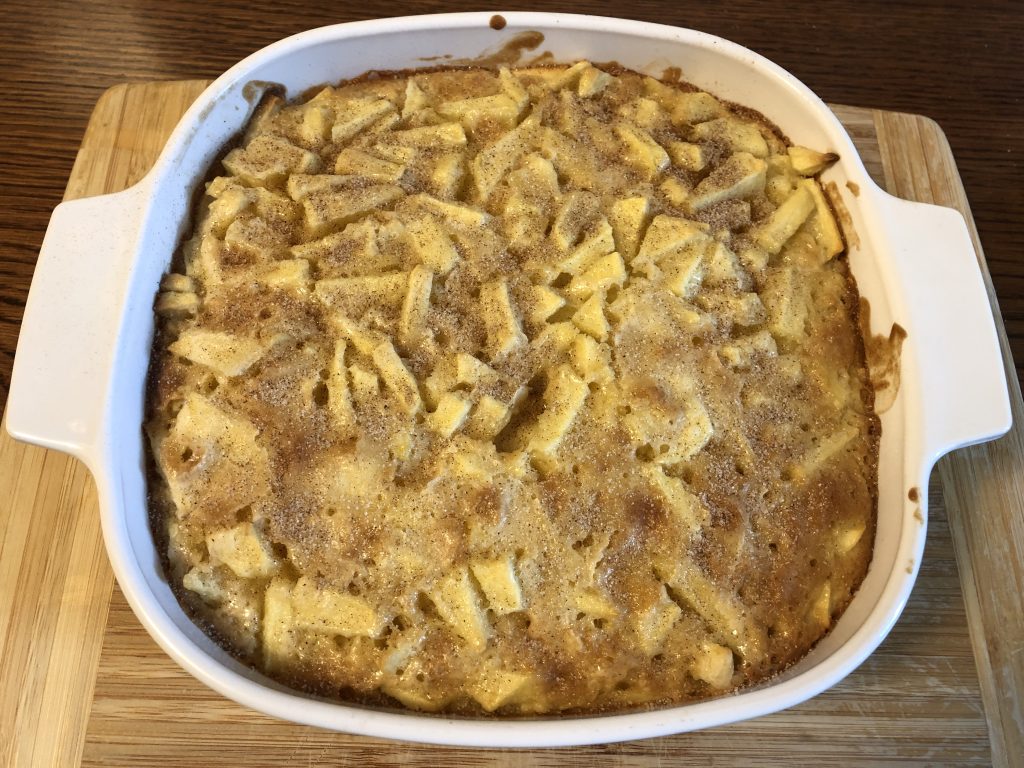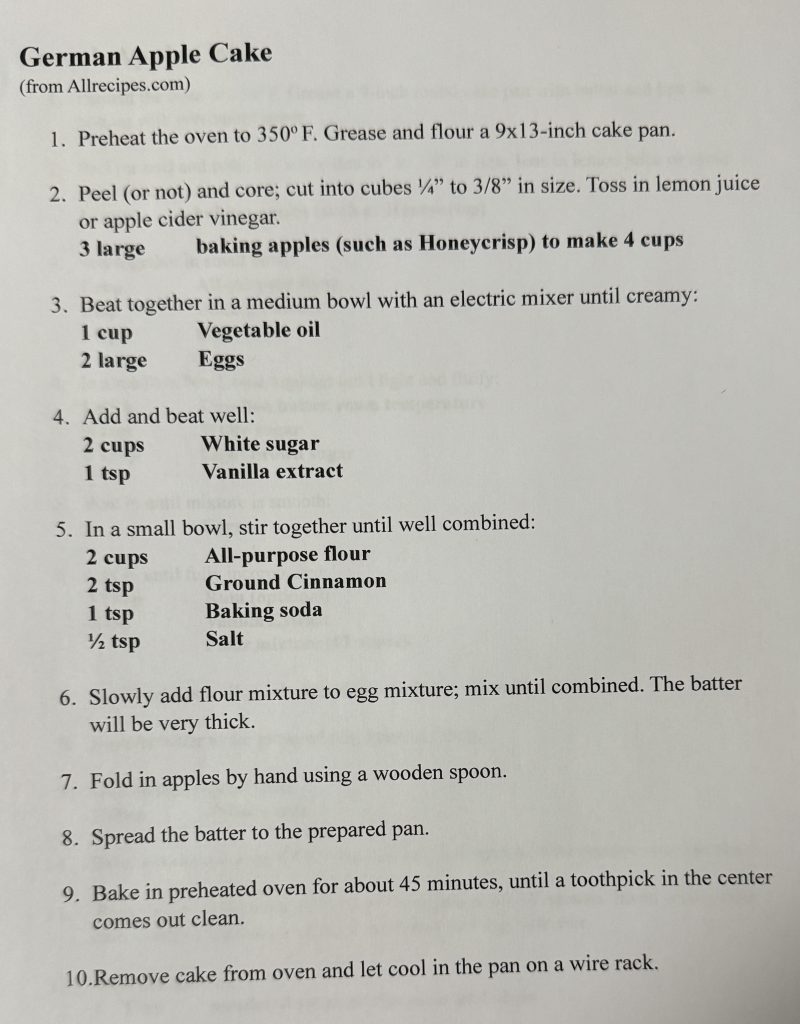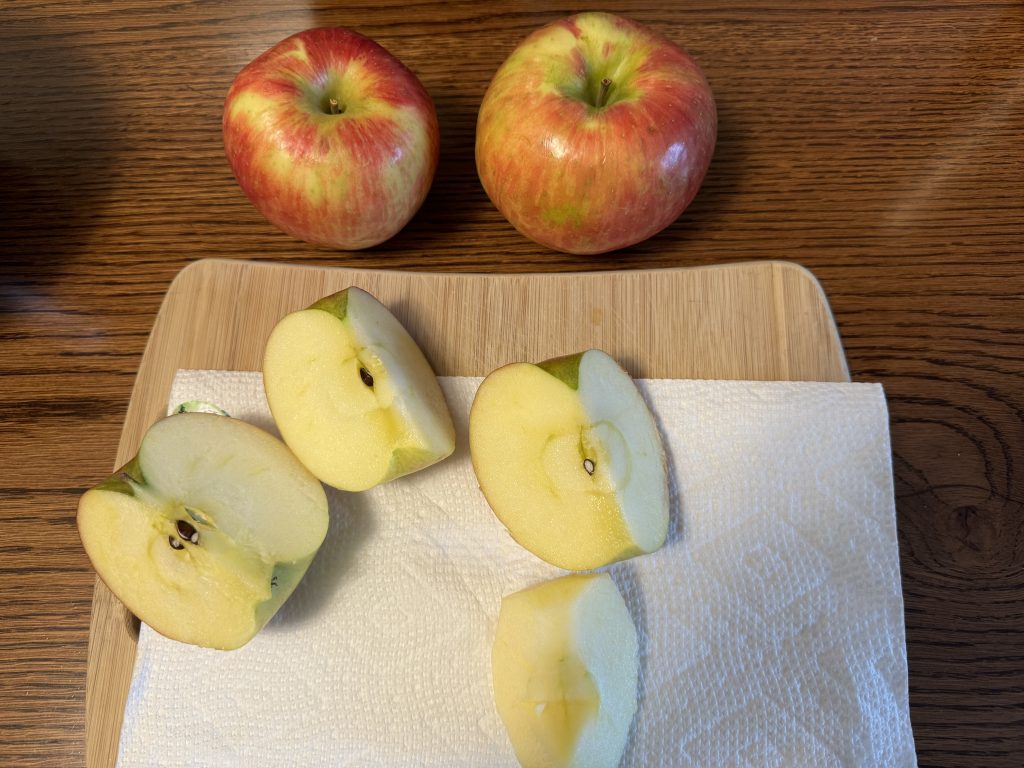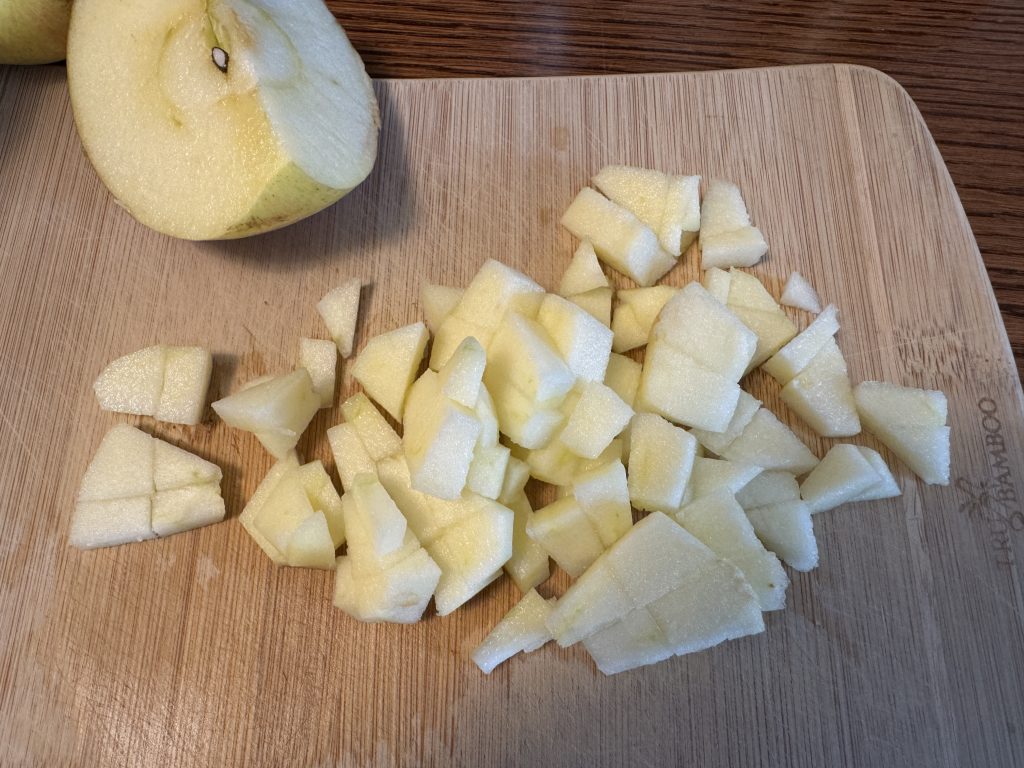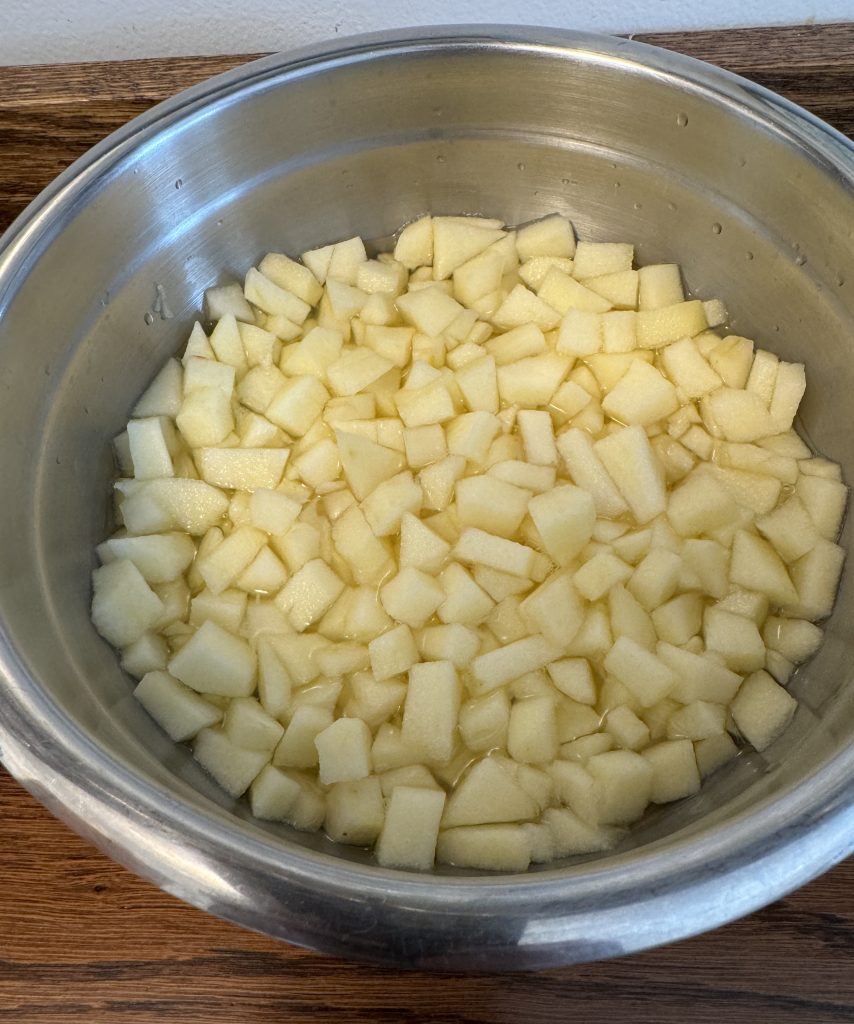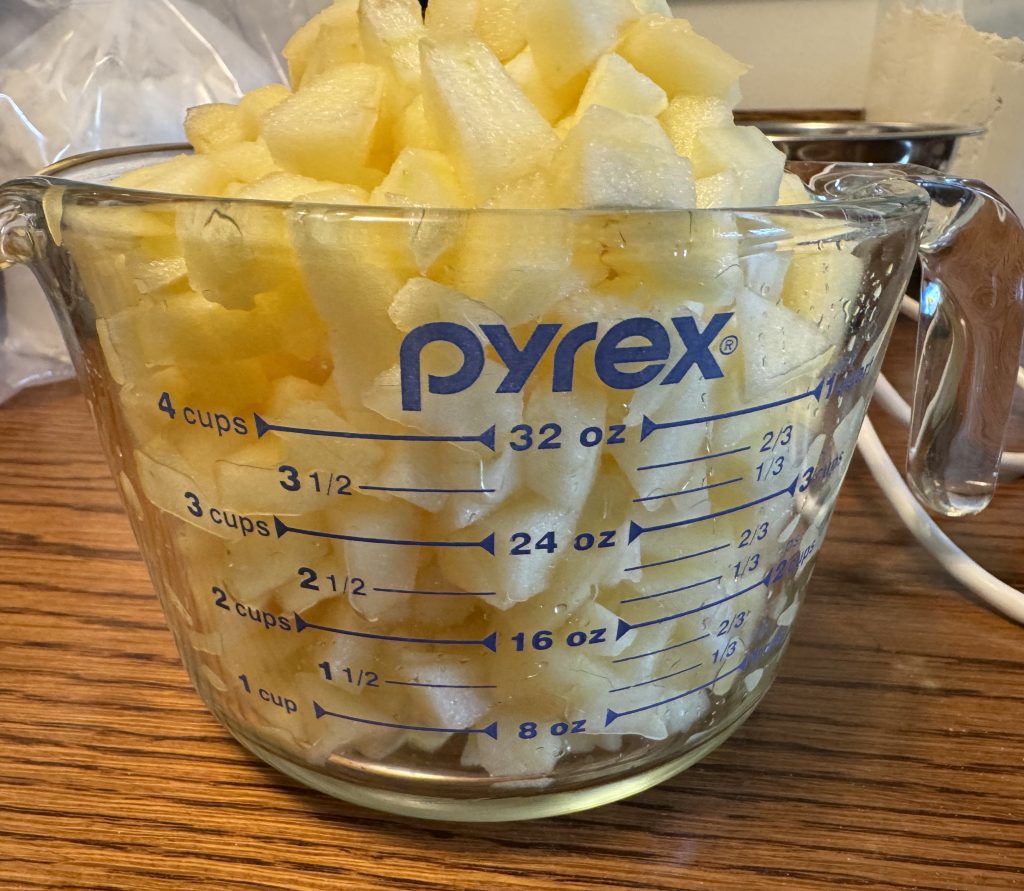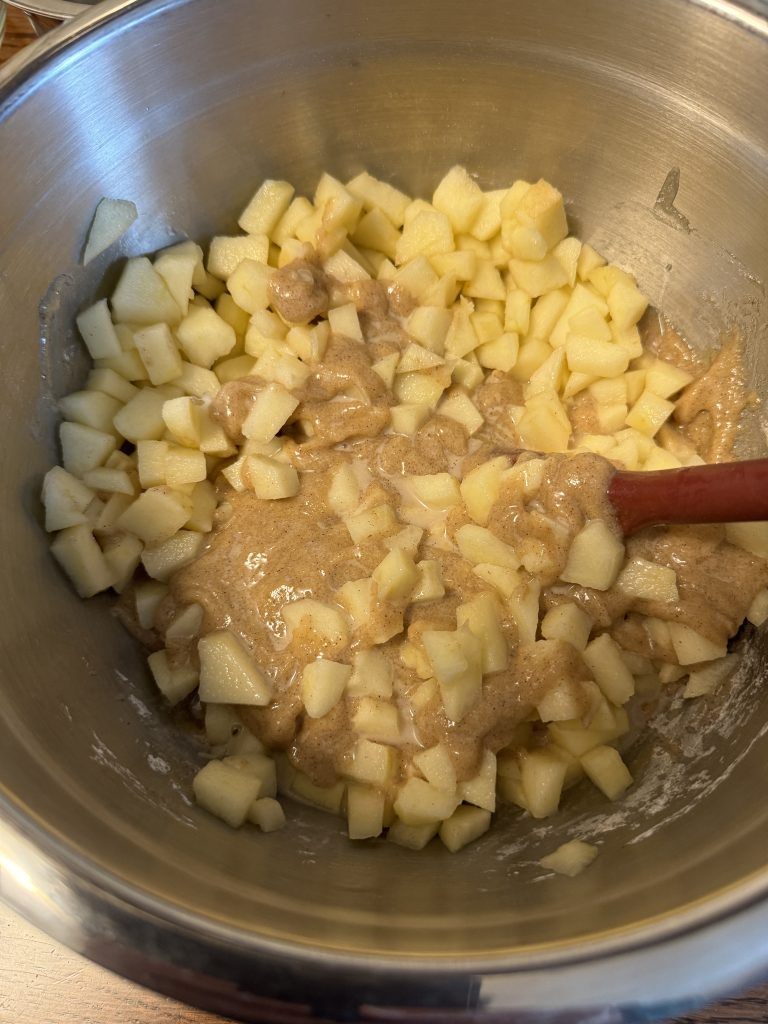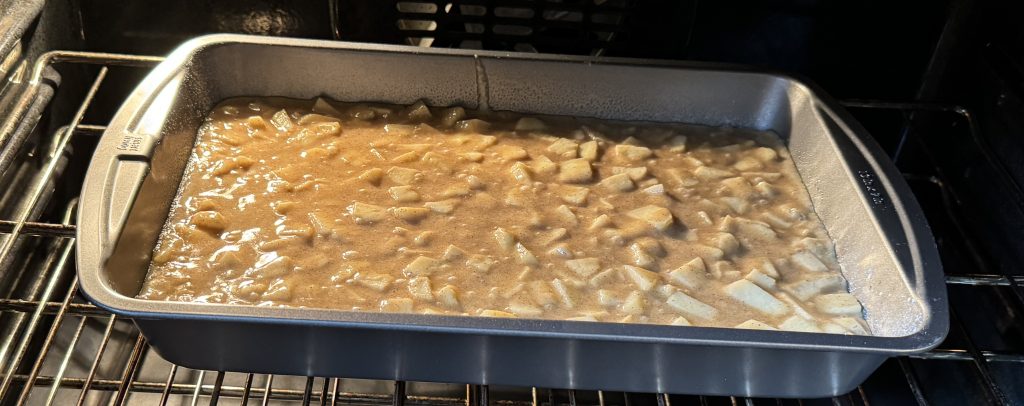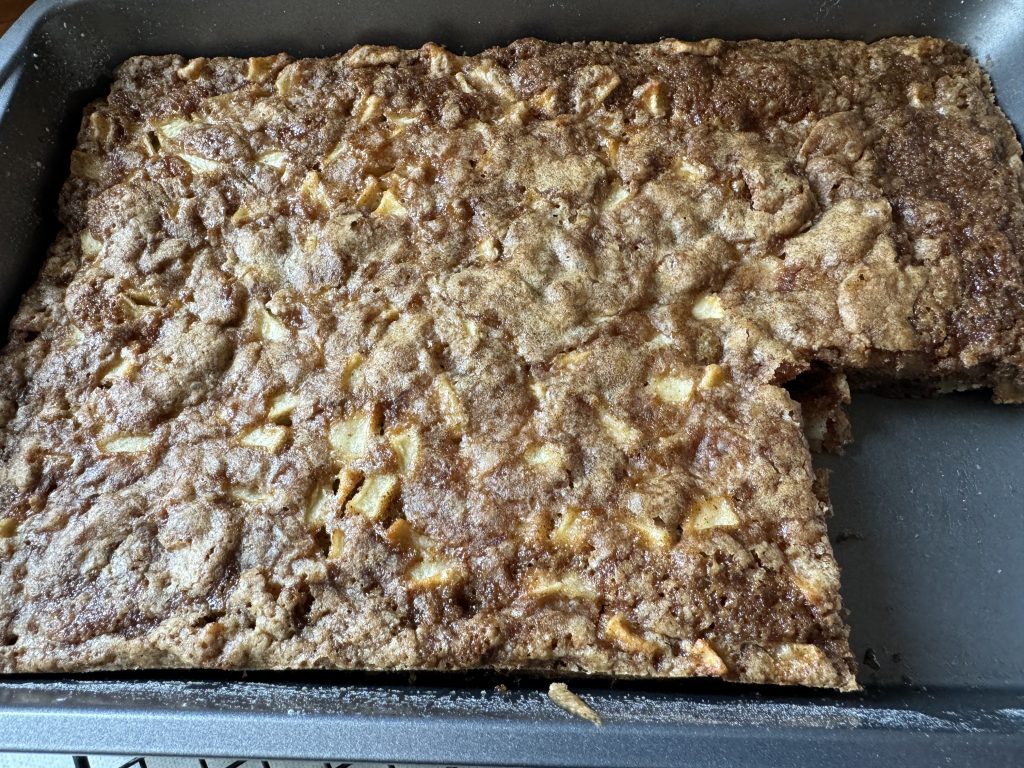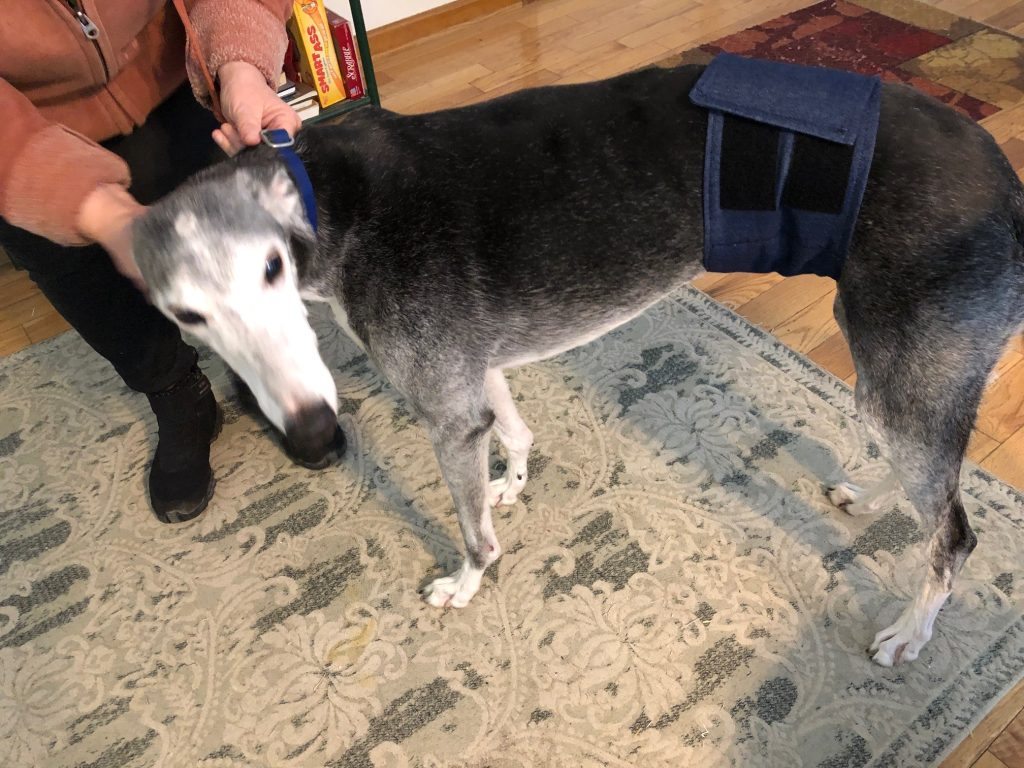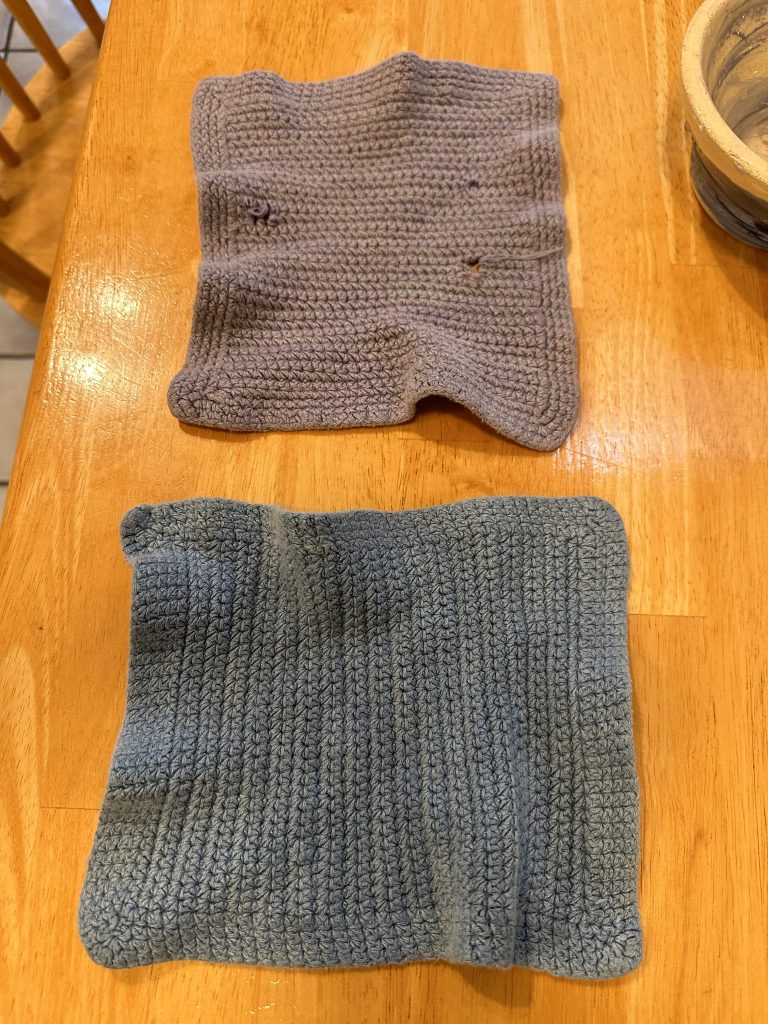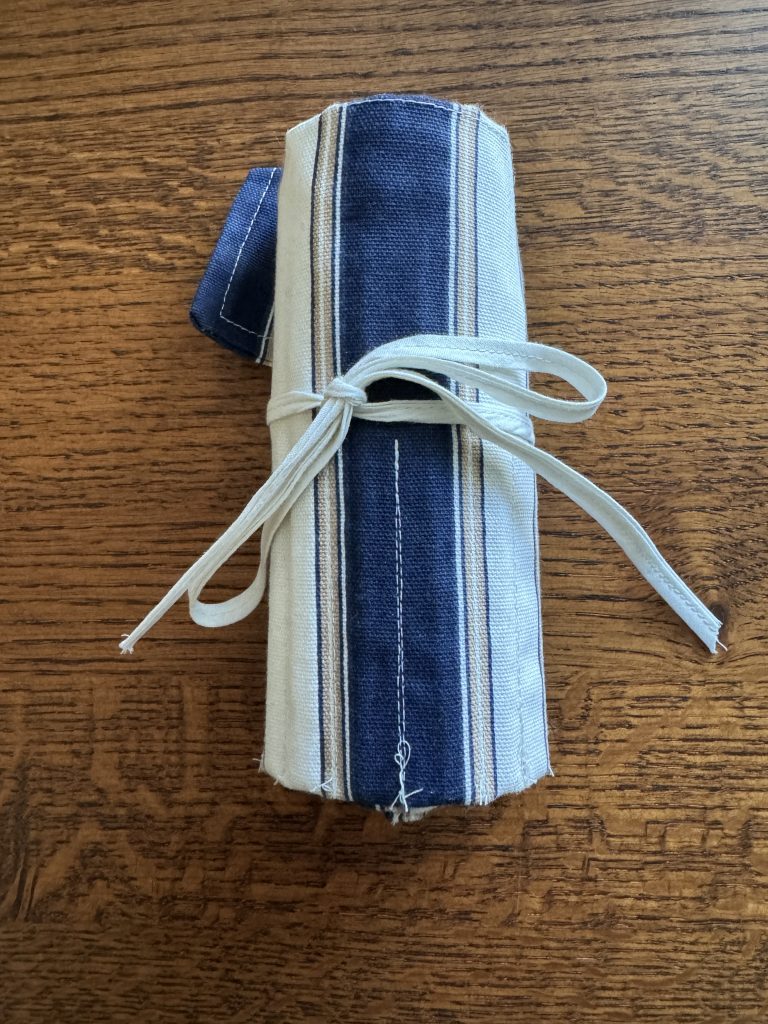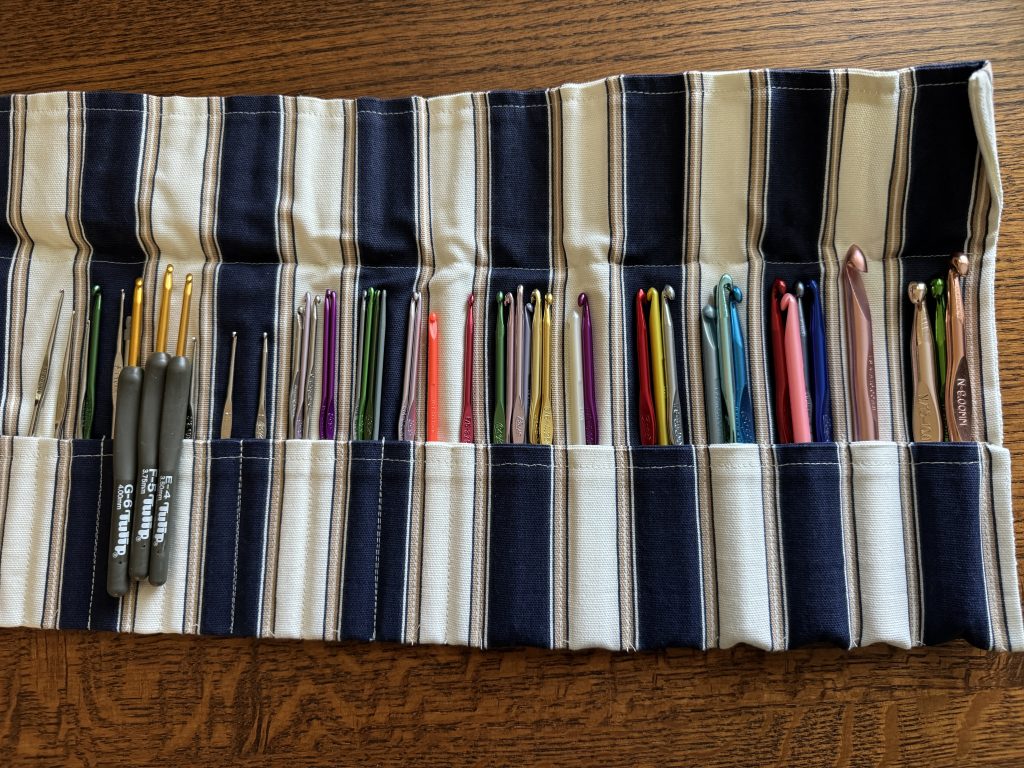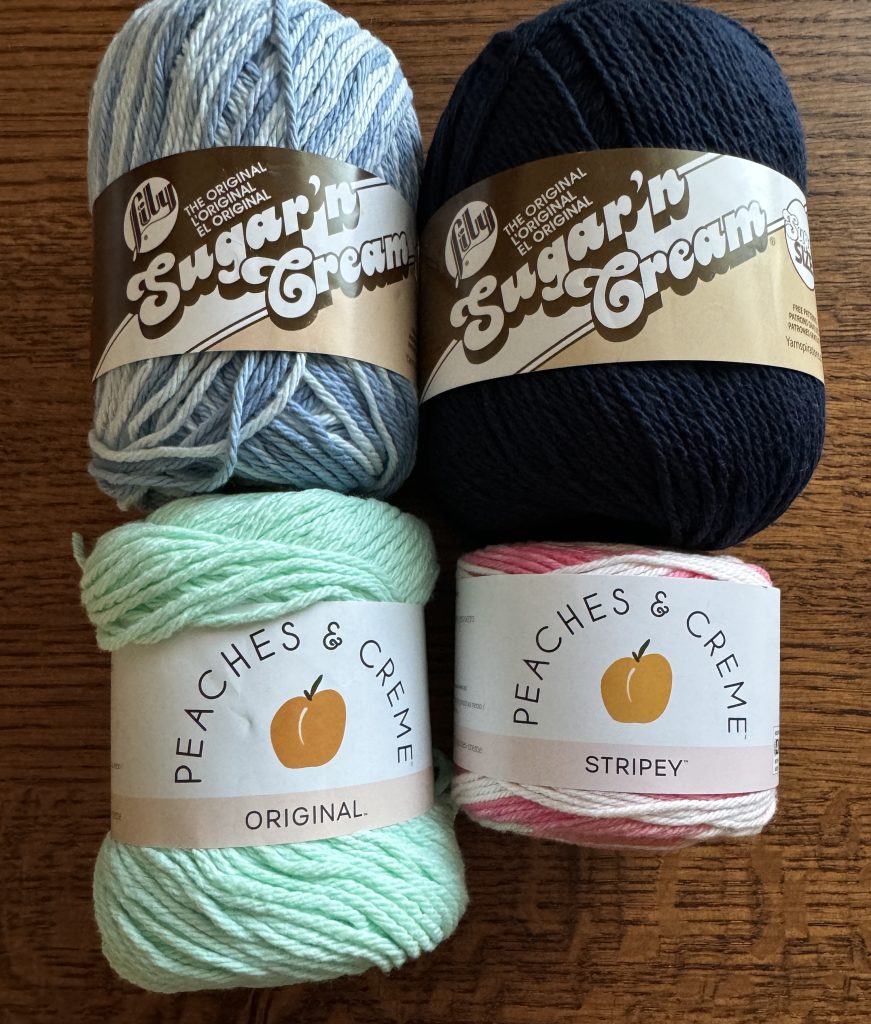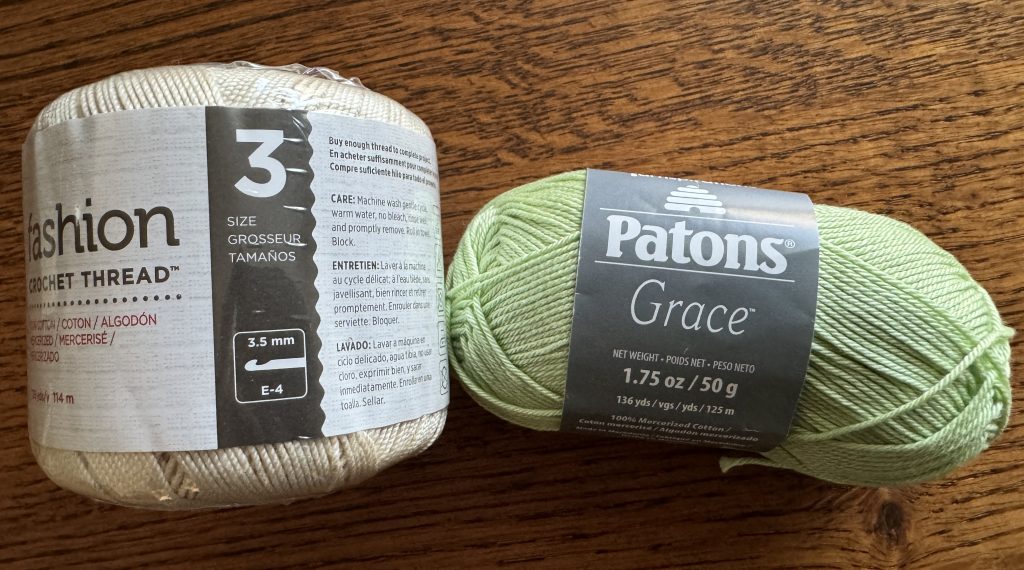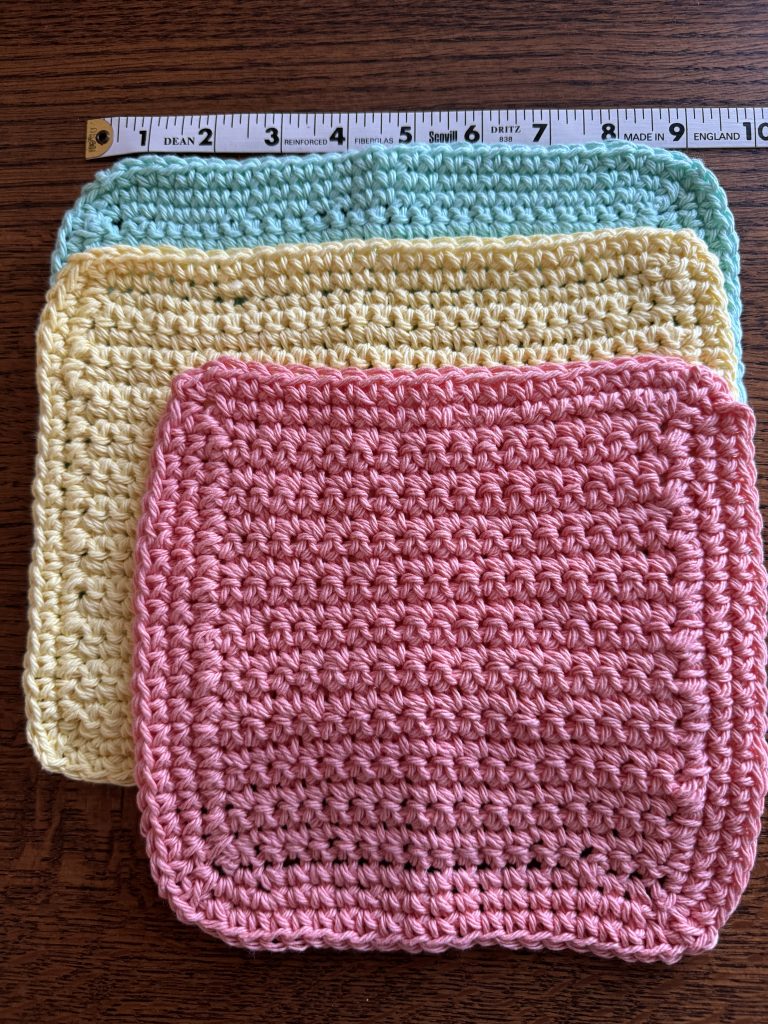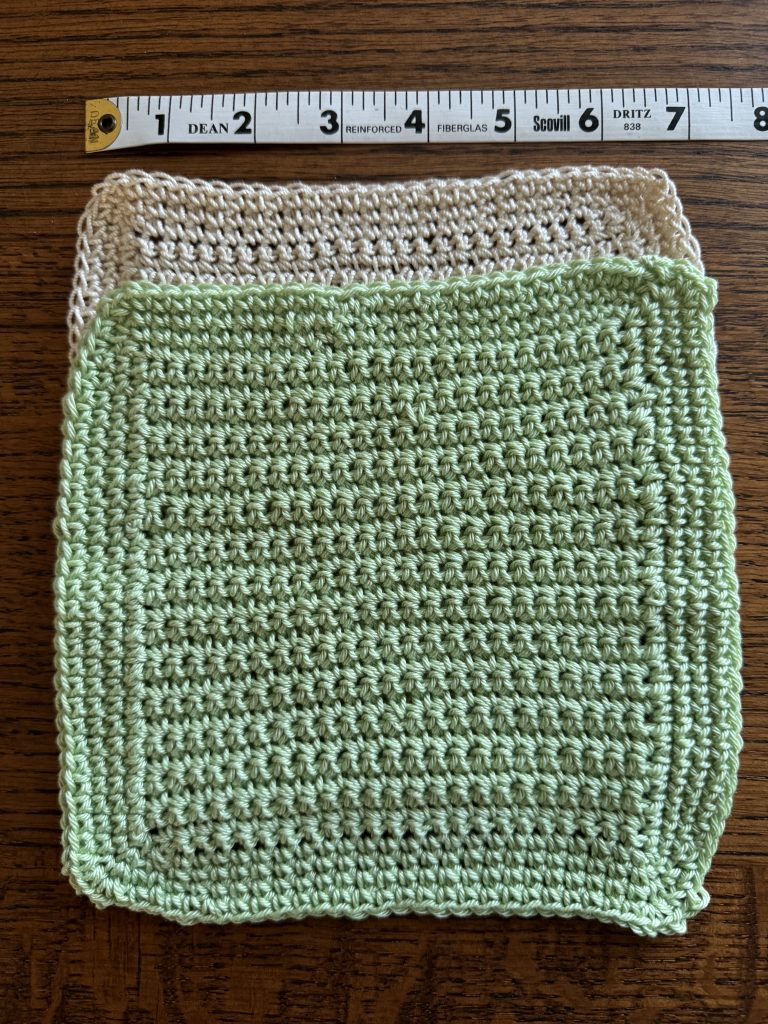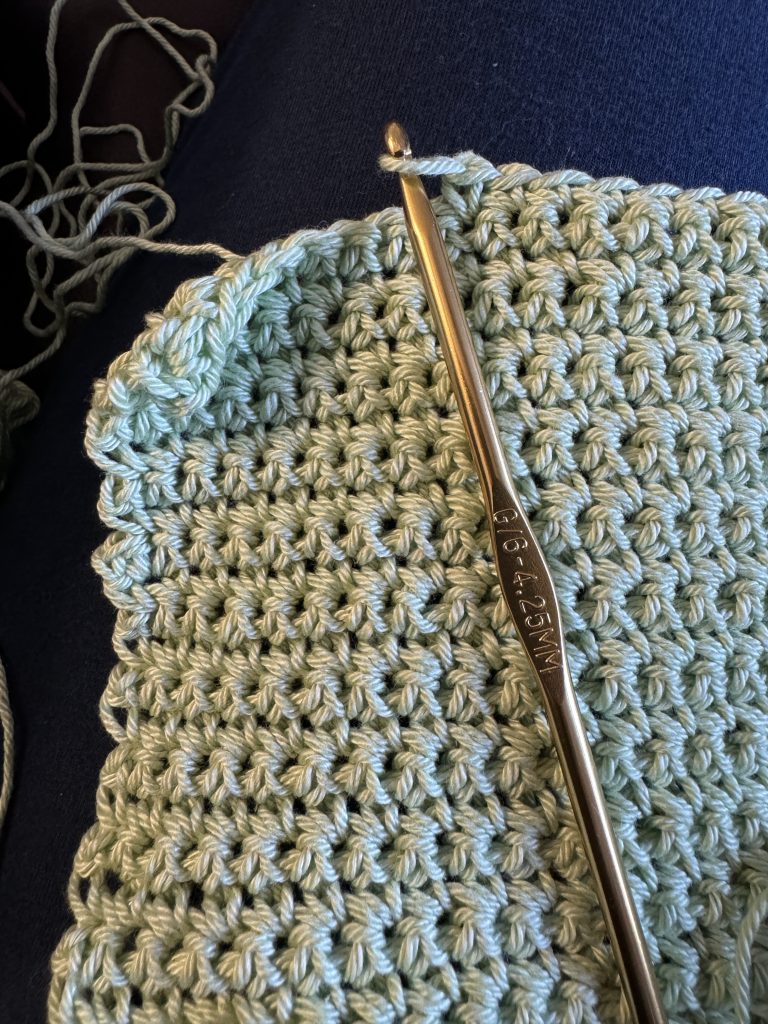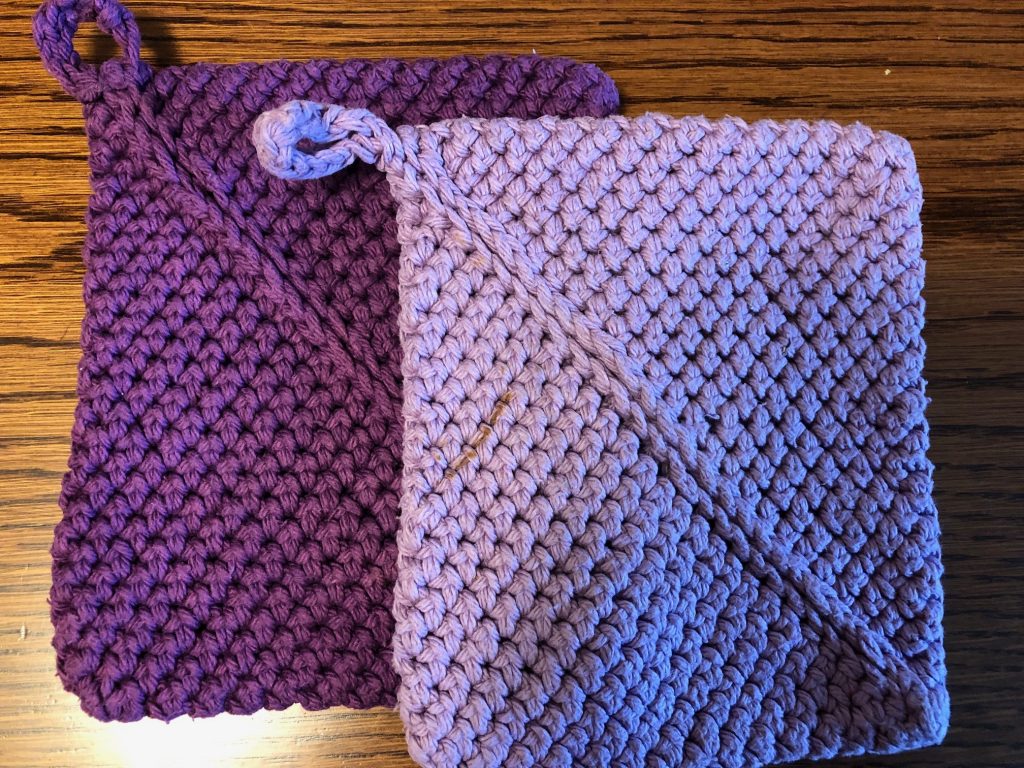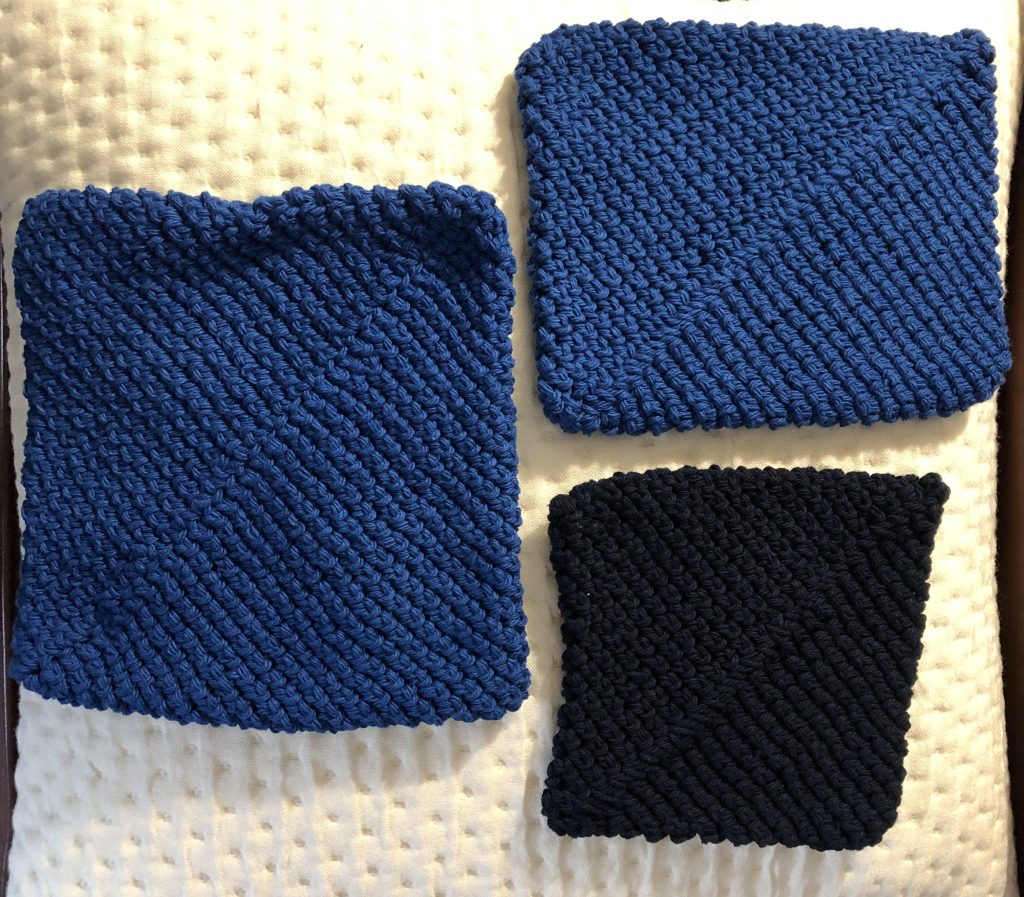Lately, for me, the lids on bottles and jars have gotten harder and harder to open. My hands just don’t have the grip strength to turn the lids. I often have to hand the bottle or jar to Bert to open things for me. I find that VERY frustrating. Of course, it’s handy to have him open jars, but sometimes he’s not around to help. Or…I’m in the car and have a new bottle of water. By the time I use my shirt tail to help me grab the lid, I’ve soaked my shirt! I’ve even bought a bottle of Vitamin Water at Sheetz on my way to Kathy’s near Pittsburgh and had to ask the clerk to open the bottle before I headed out to my car! That’s just terribly annoying!
When I’m at home in my kitchen, I do have a rubber disk to help open things. I’ve had it for many years and most of the time it works just fine.
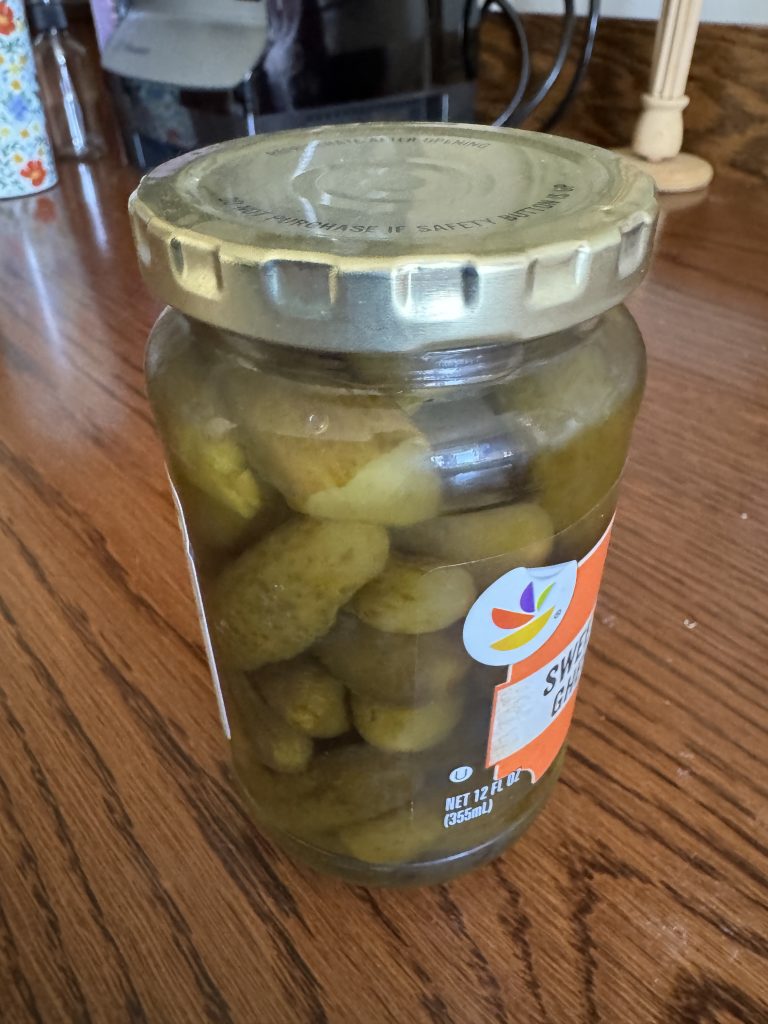
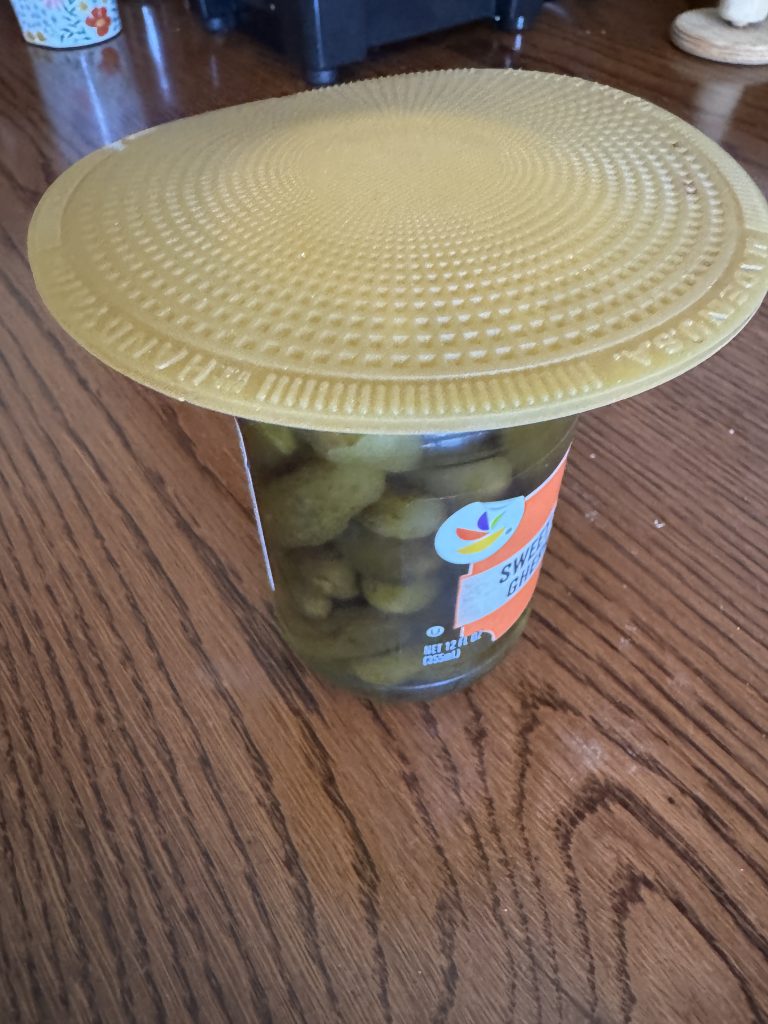
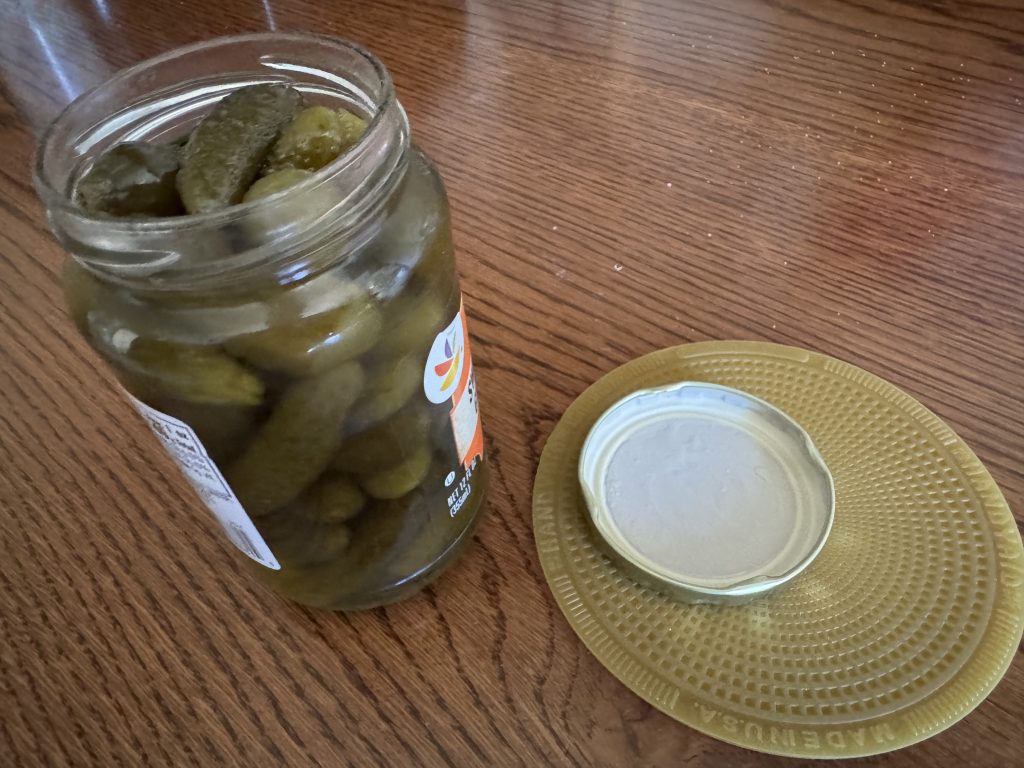
However, it’s thick and not very flexible, so opening the seal on my coconut milk box is difficult. The disk doesn’t bend around the small cap on the box.
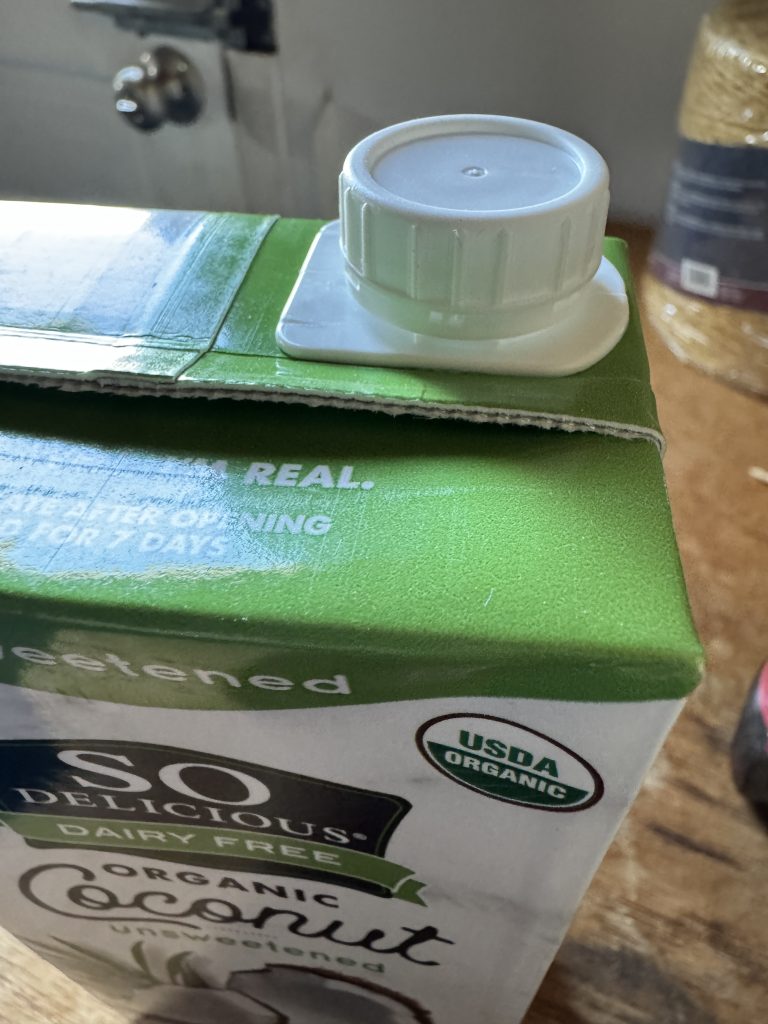
I think I’ve found a solution! A few weeks ago, I bought a new rug for the bathroom. It was very slippery so I picked up a rubberized mesh mat to go under the rug. I could cut it to size and it worked well.
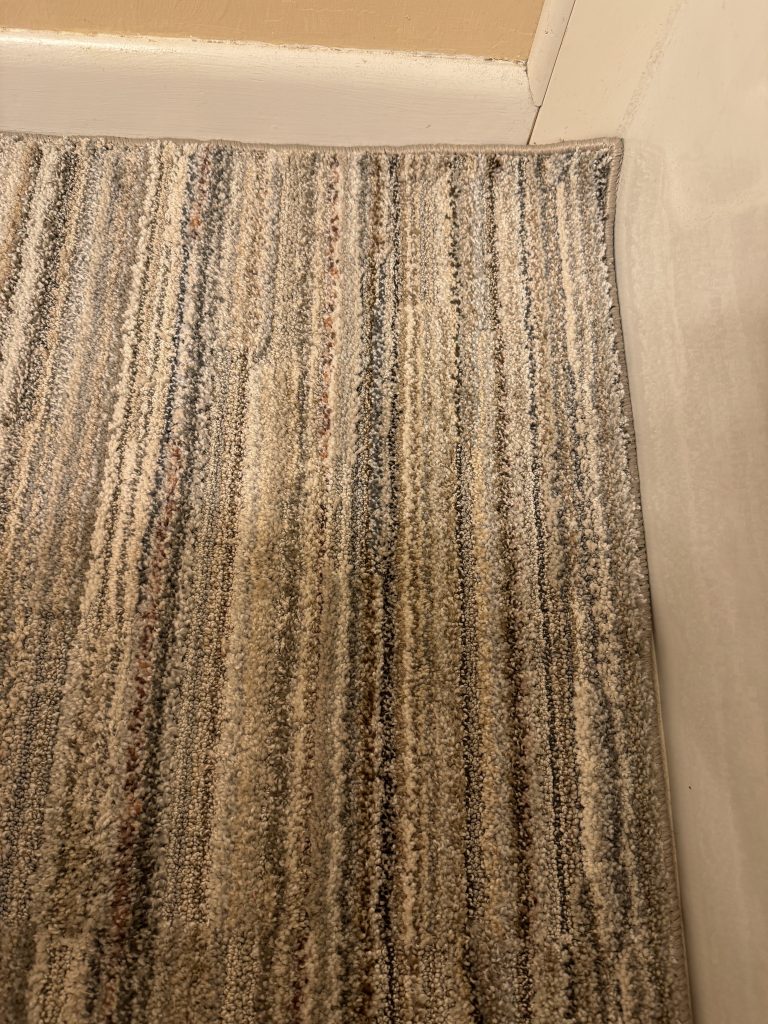
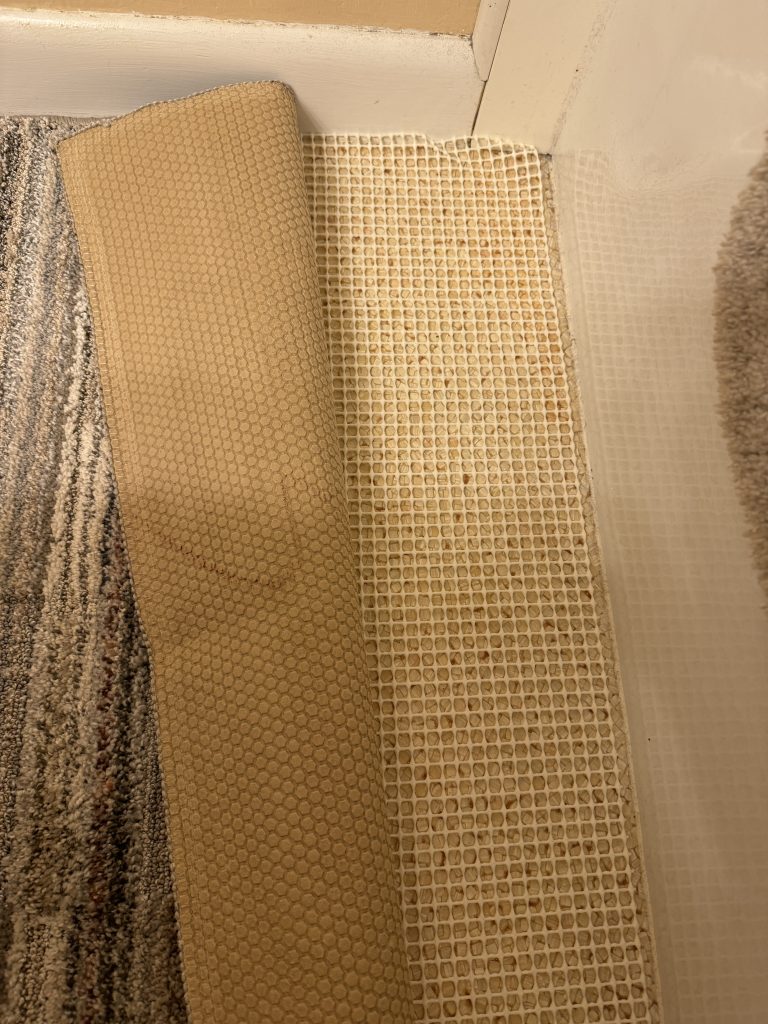
After trimming the rubberized mat to size, I was left with several pieces left over. They sat in a pile near my sewing machine for several weeks until I decided I should put them away someplace.
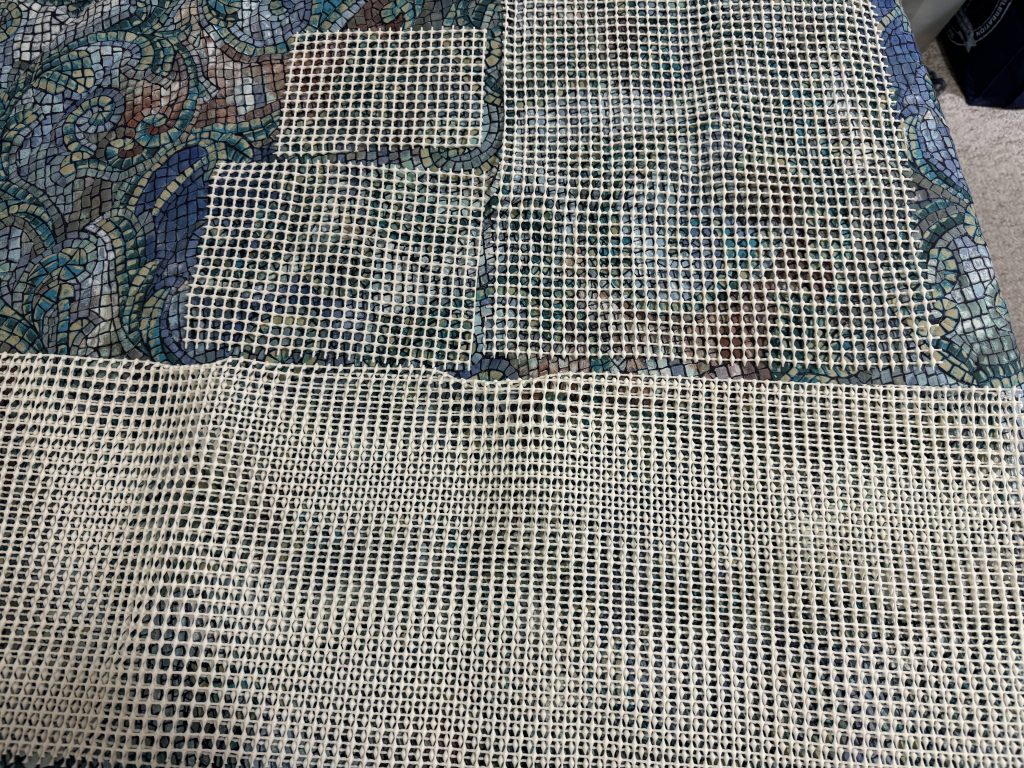
While I was checking to see how much I had, the smallest piece seemed just the right size to help me grip the top of a new water bottle I had by my sewing machine. The new bottle lids are not only very tight, but they are now about half the size as they used to be. They are hard to get my fingers around. The small piece easily molded around the top and worked great!
The water bottle lids are about half the size of a soda bottle lid.
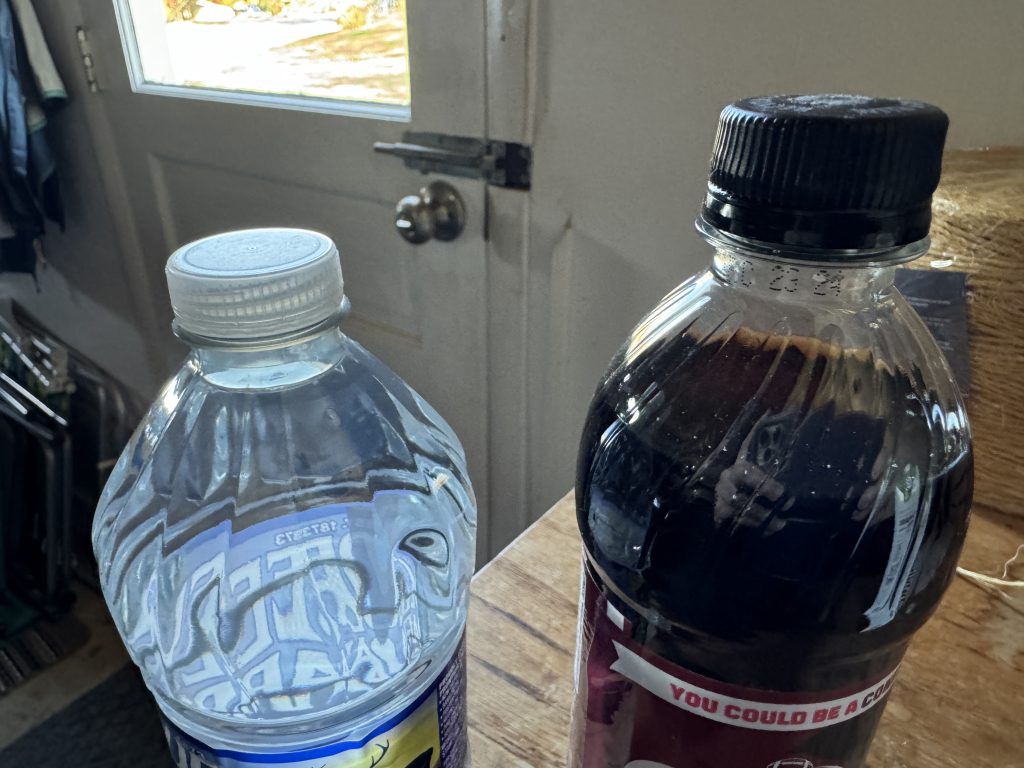
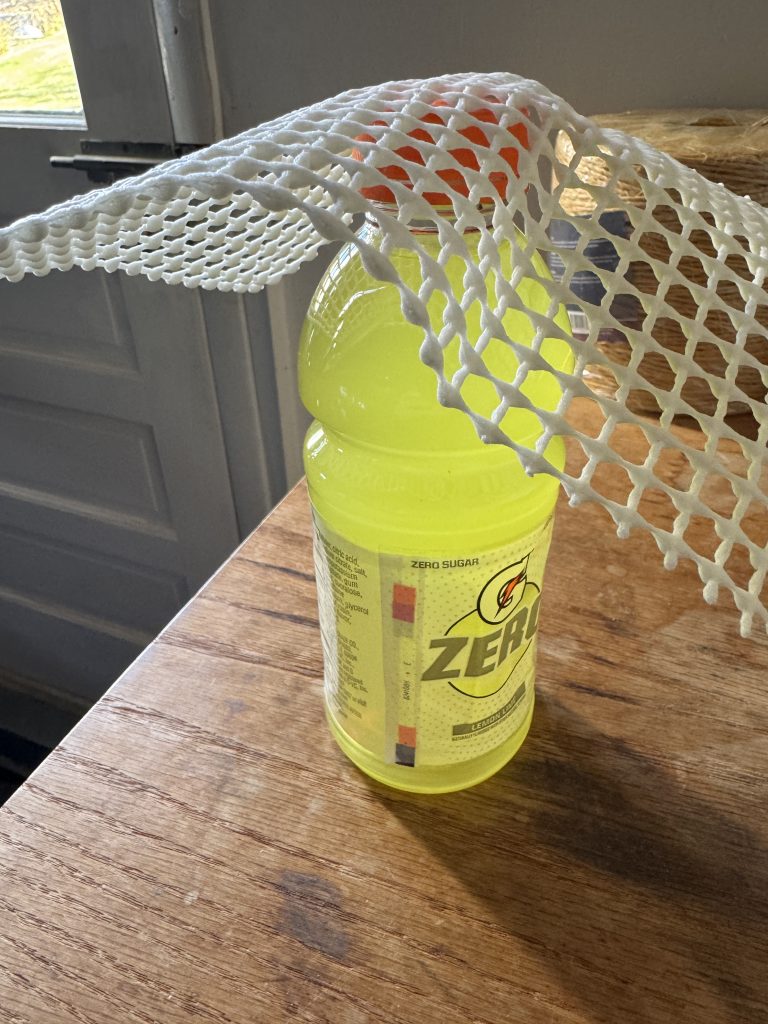
The small piece of rubberized mat was enough to open the water, the soda bottle and even the larger Gatorade bottle. Yea!
I was so impressed that I cut a few pieces (about 5″ x 7″) and put one in my car, one in my purse and one in the kitchen. I may cut more and give them as Christmas gifts! A small roll of rubberized mat is very inexpensive at WalMart…sold near the small rugs in Housewares. Give it a try! Enjoy!

